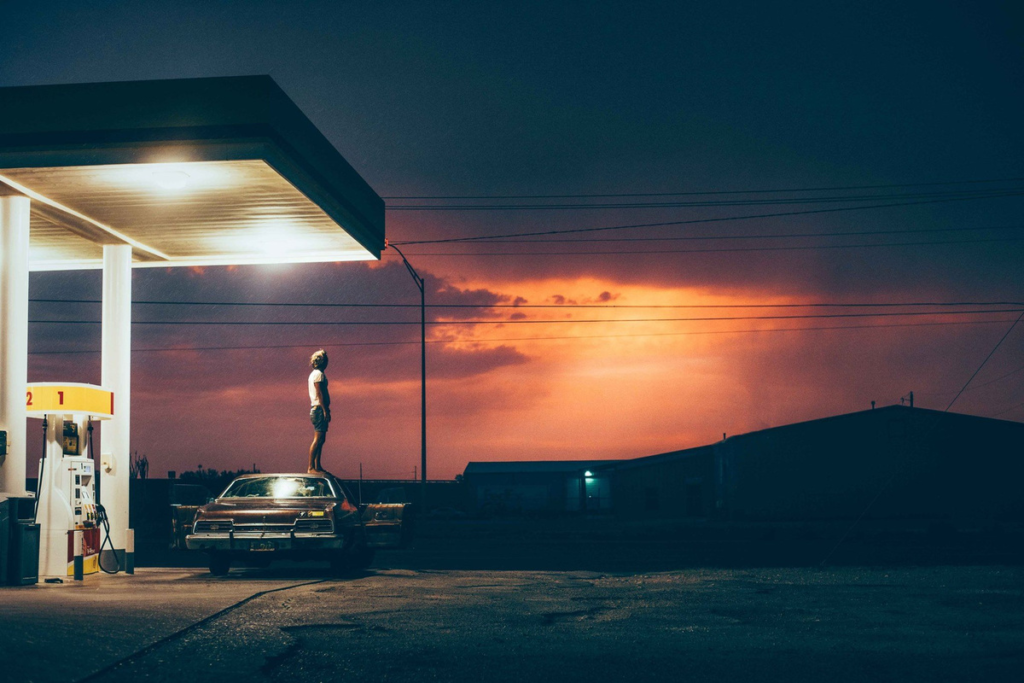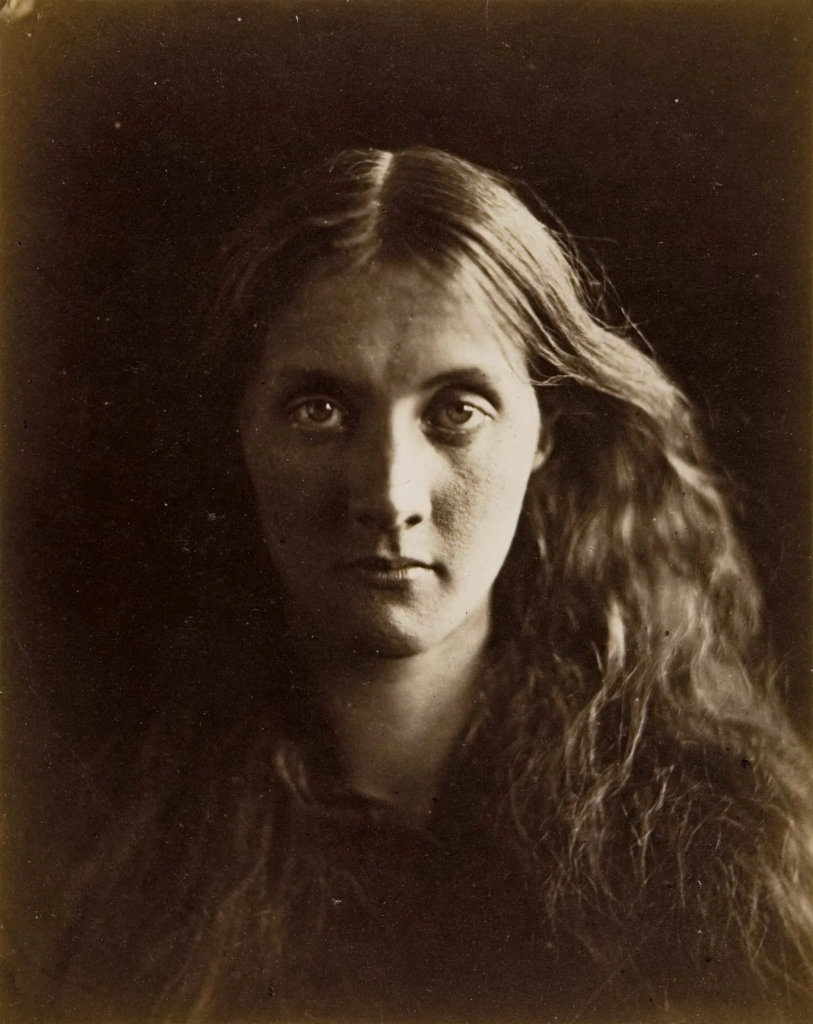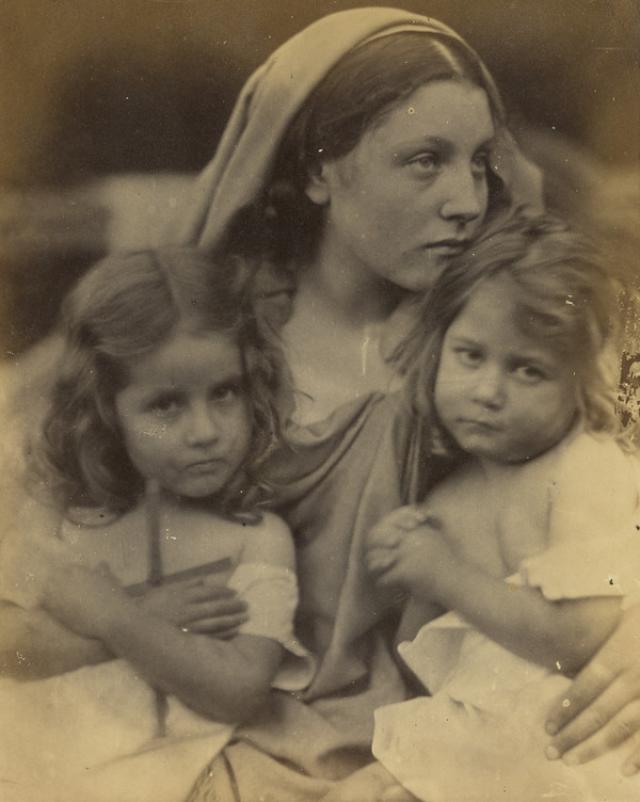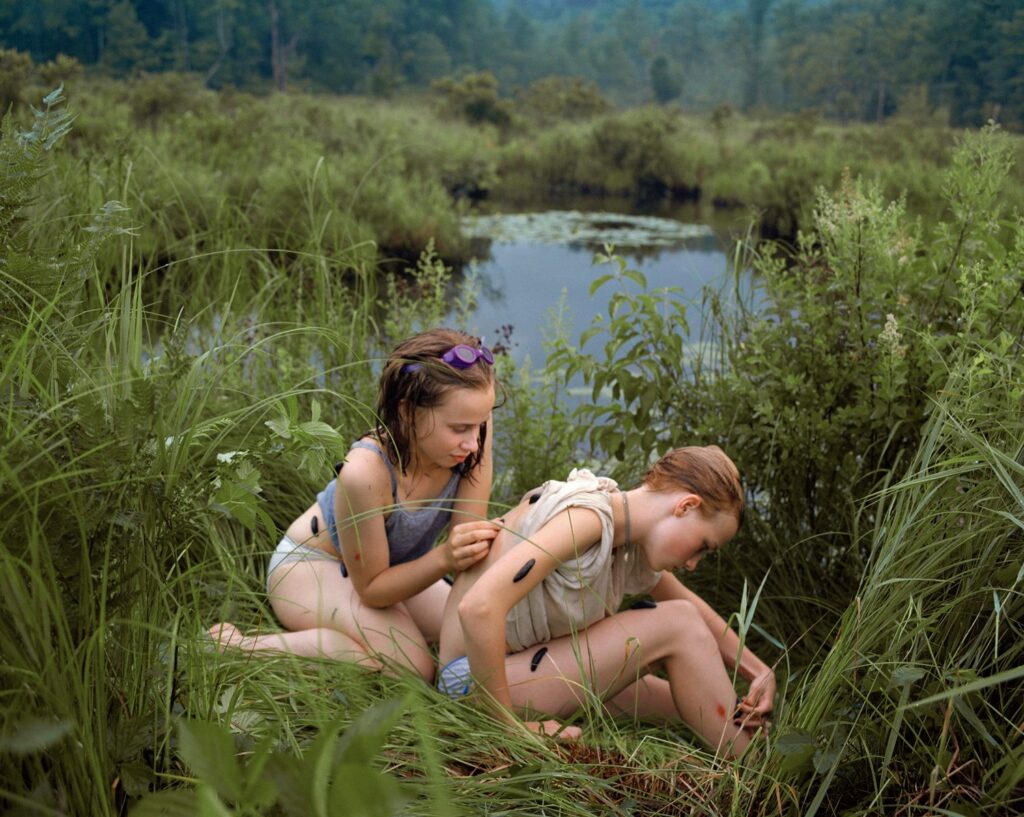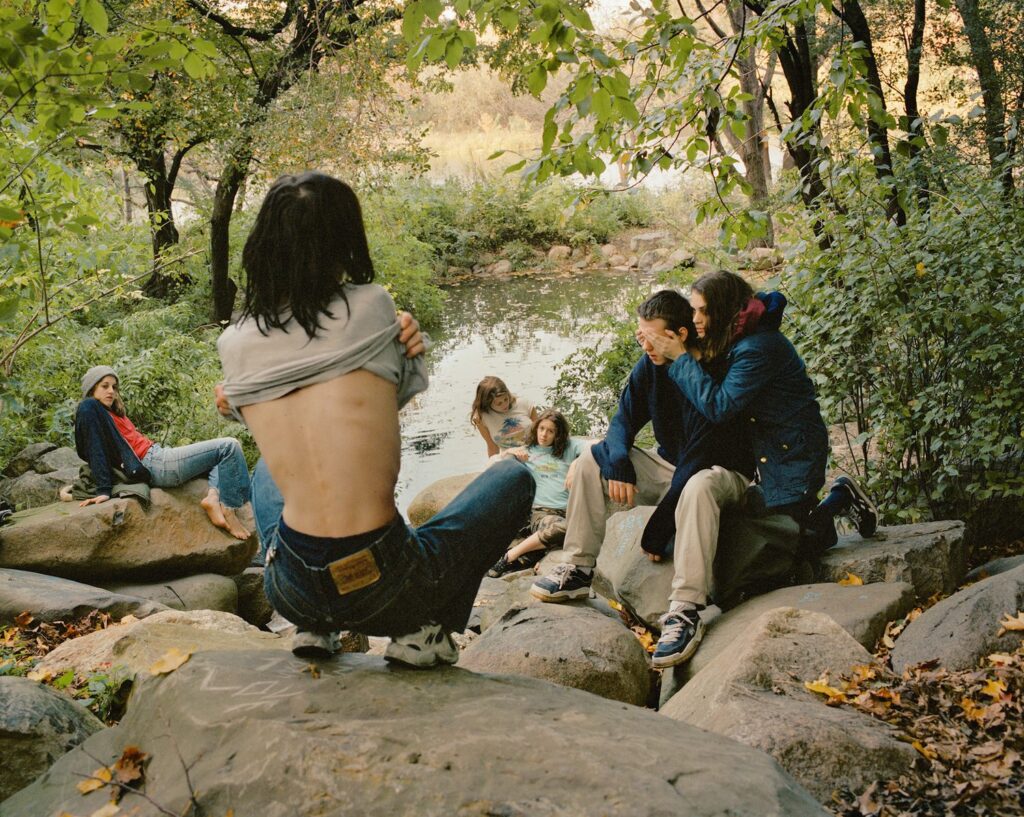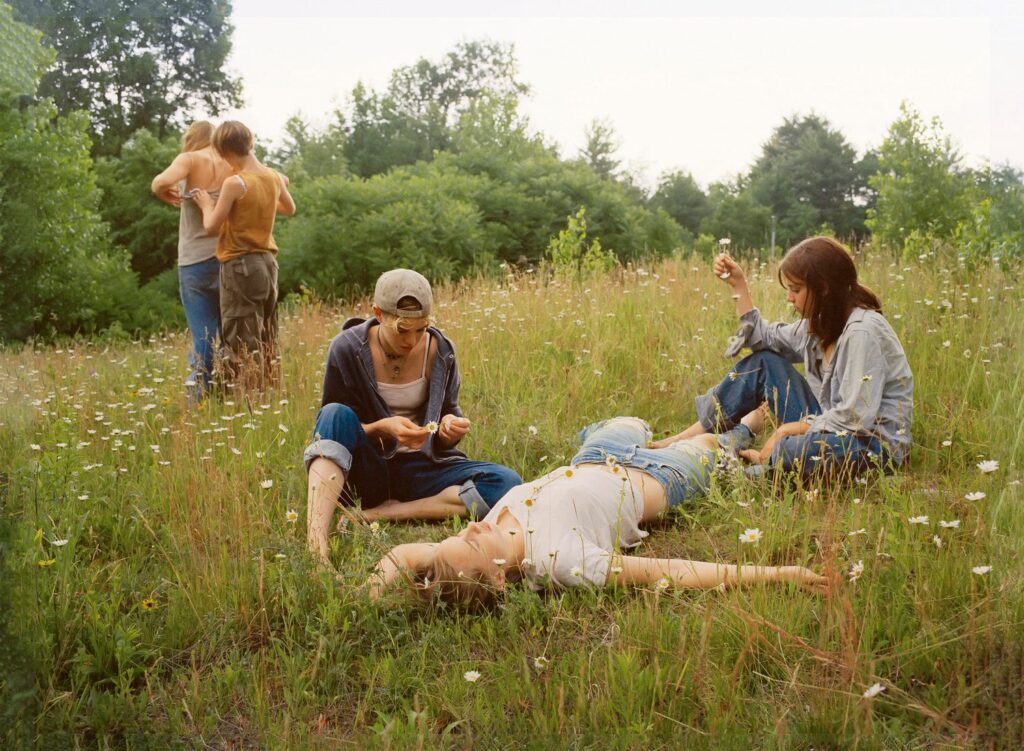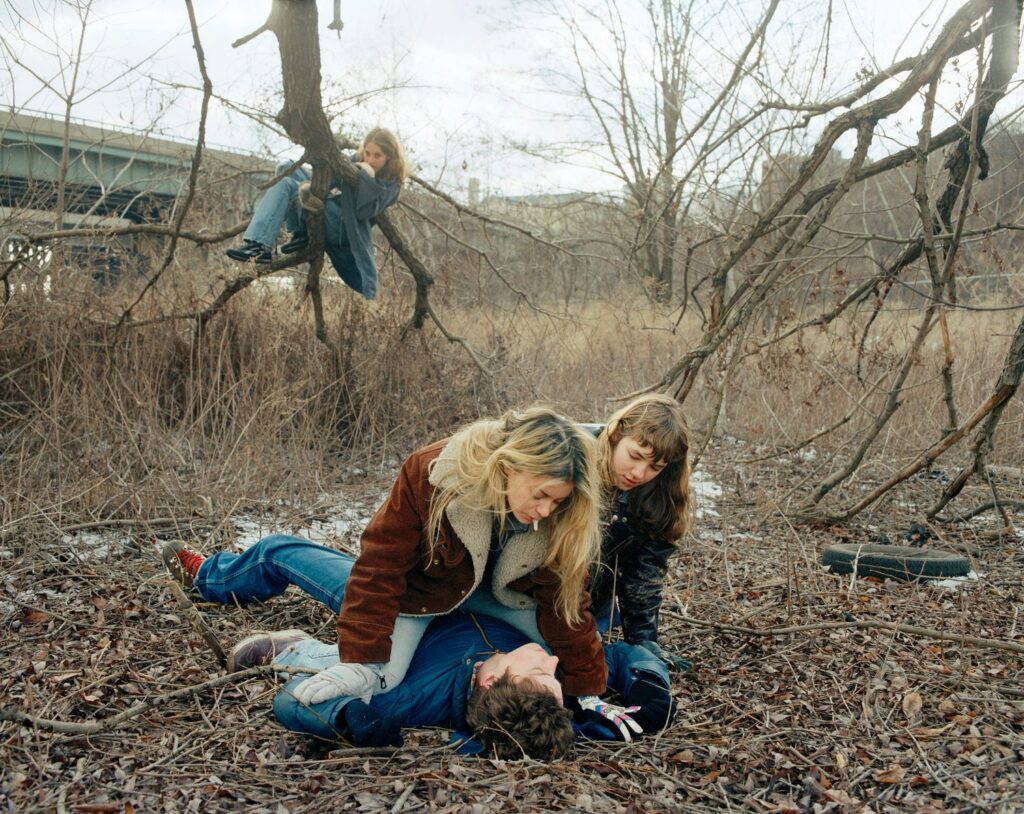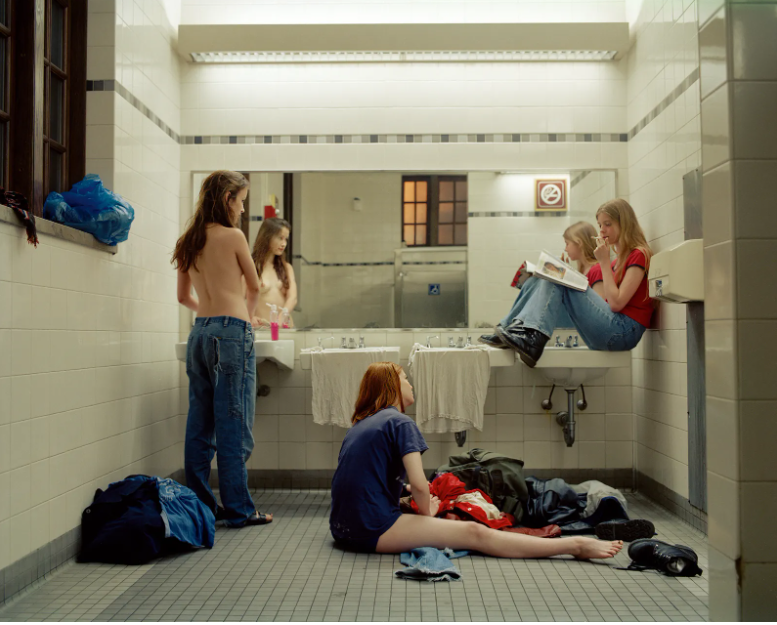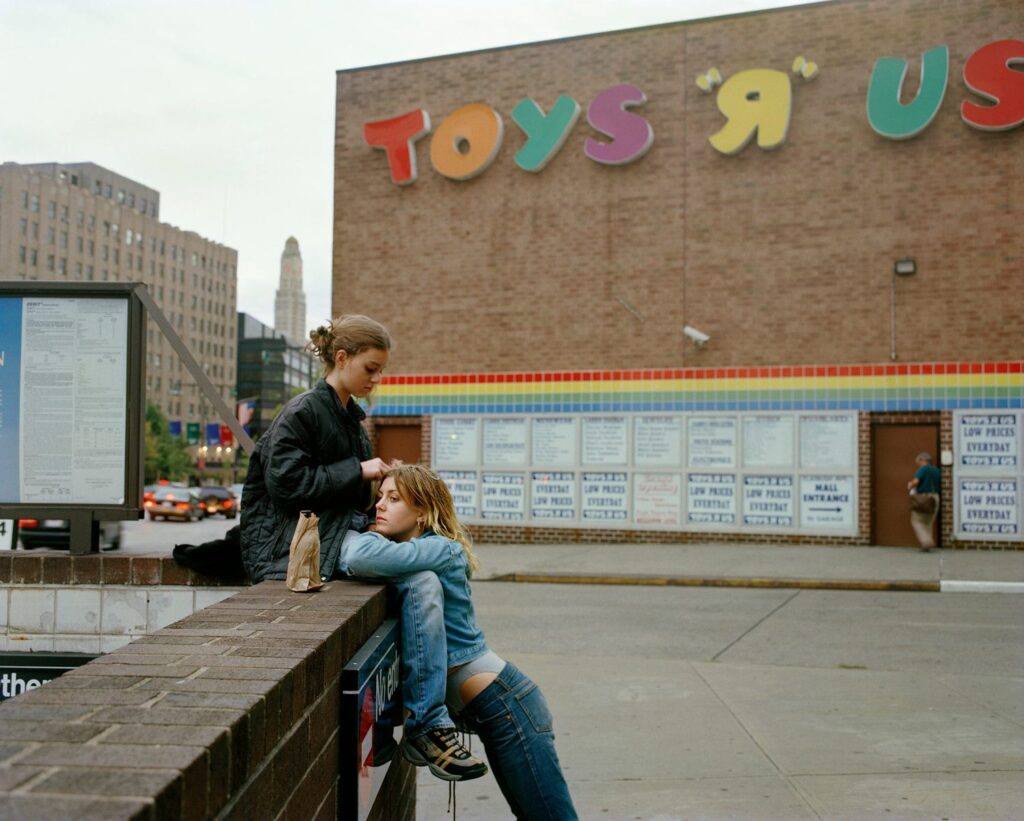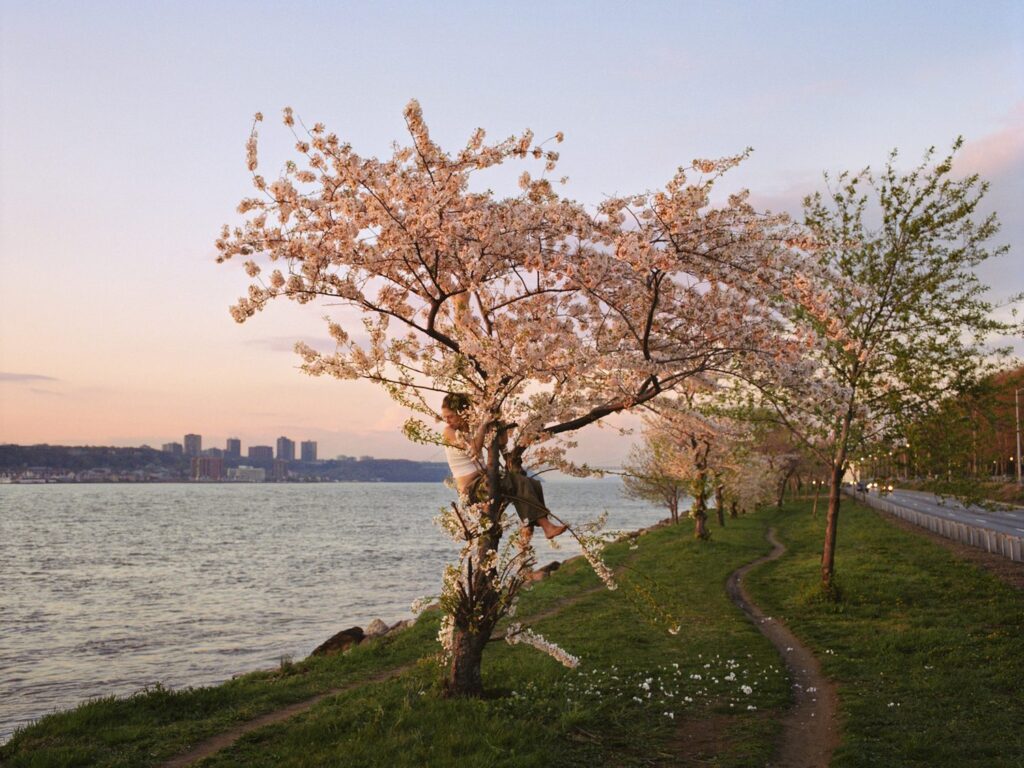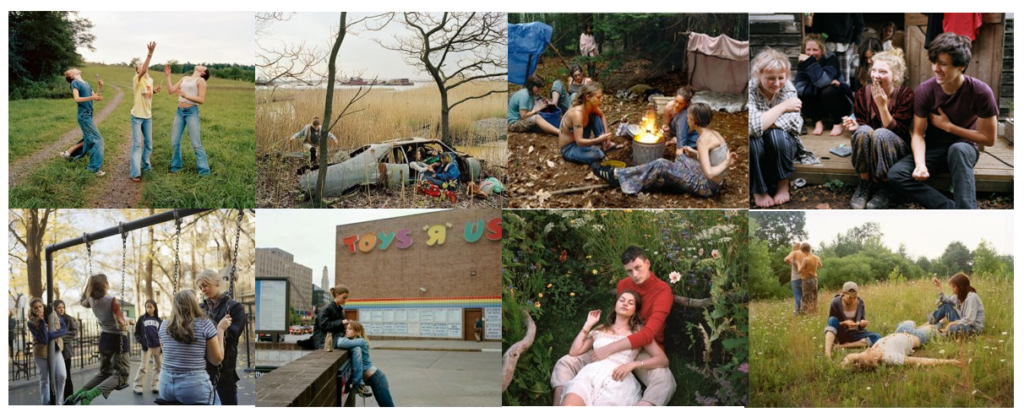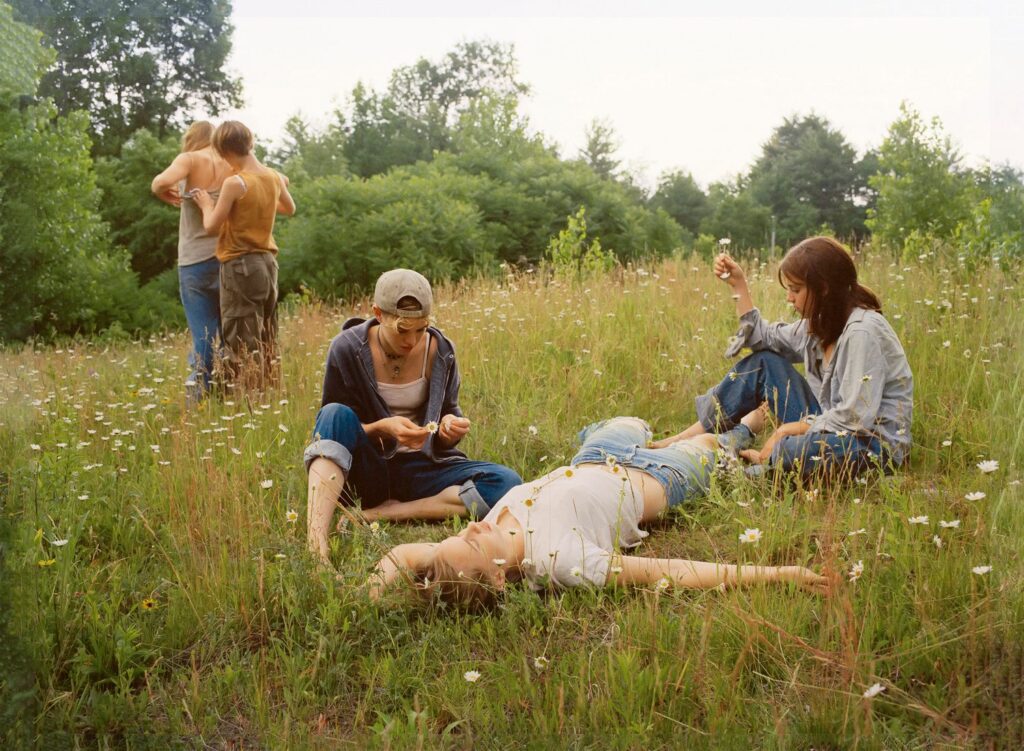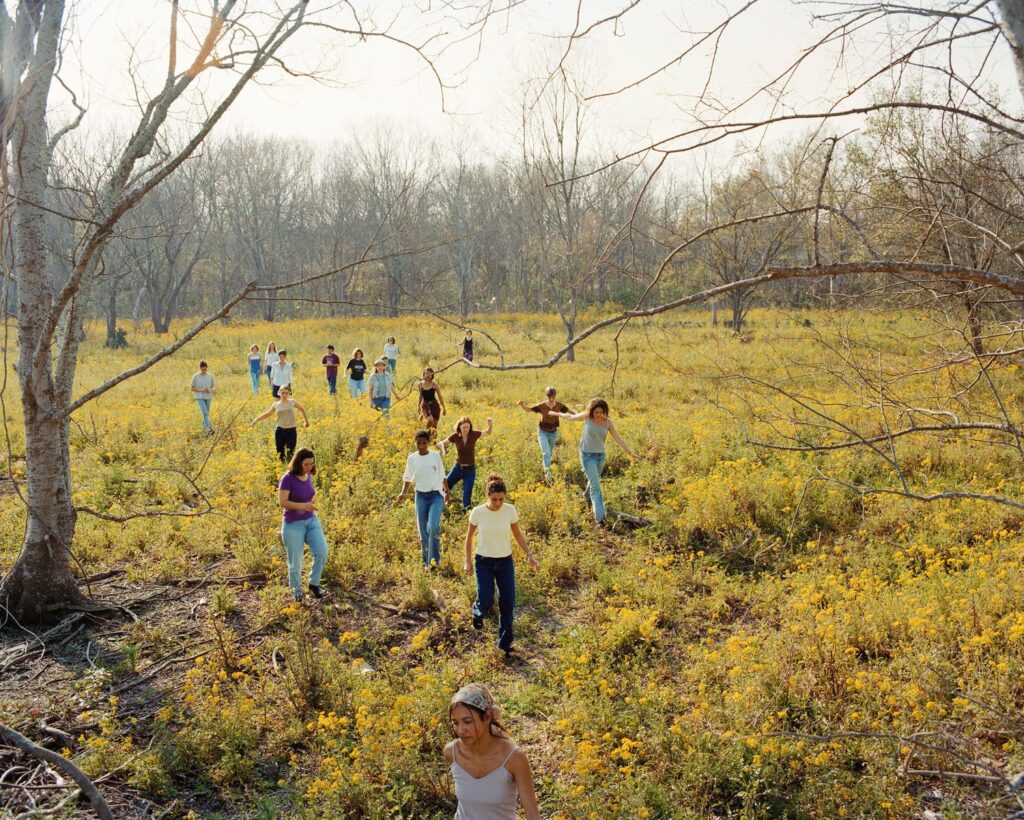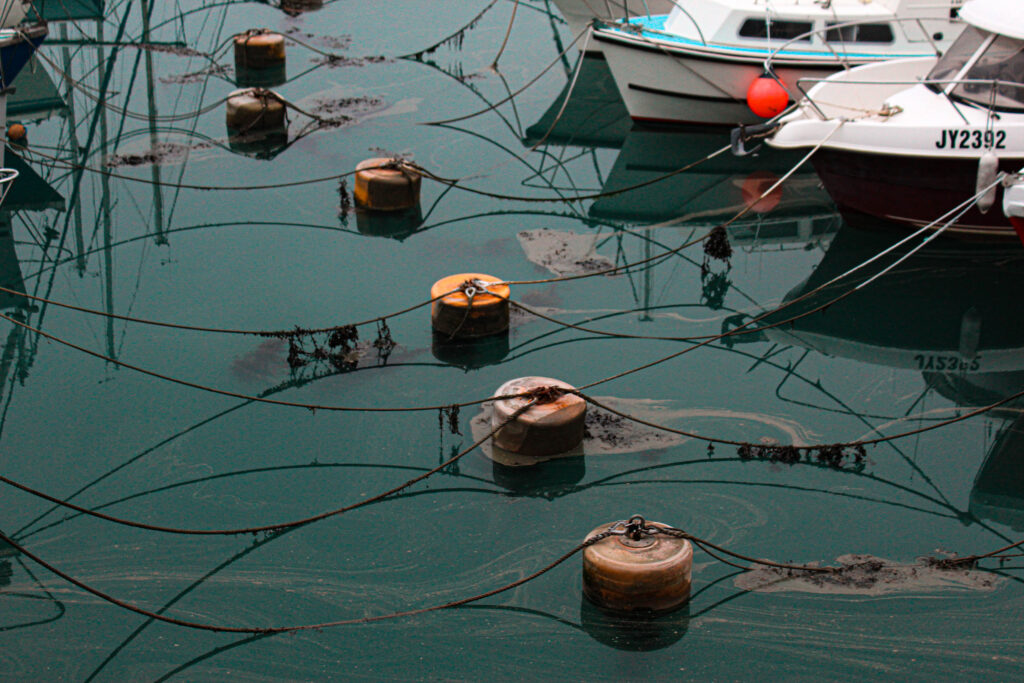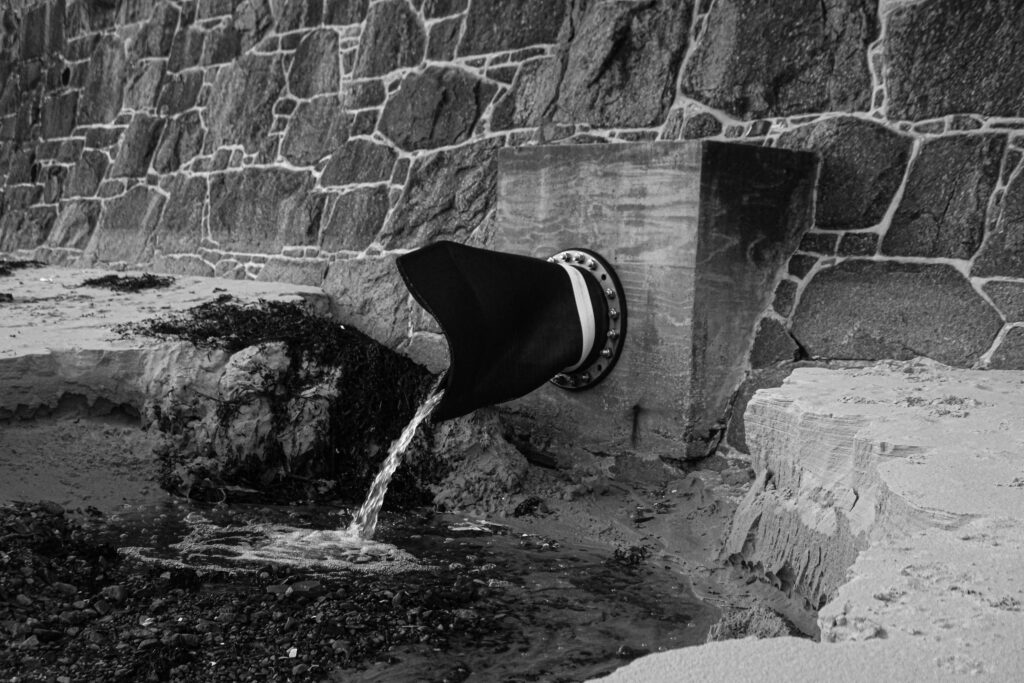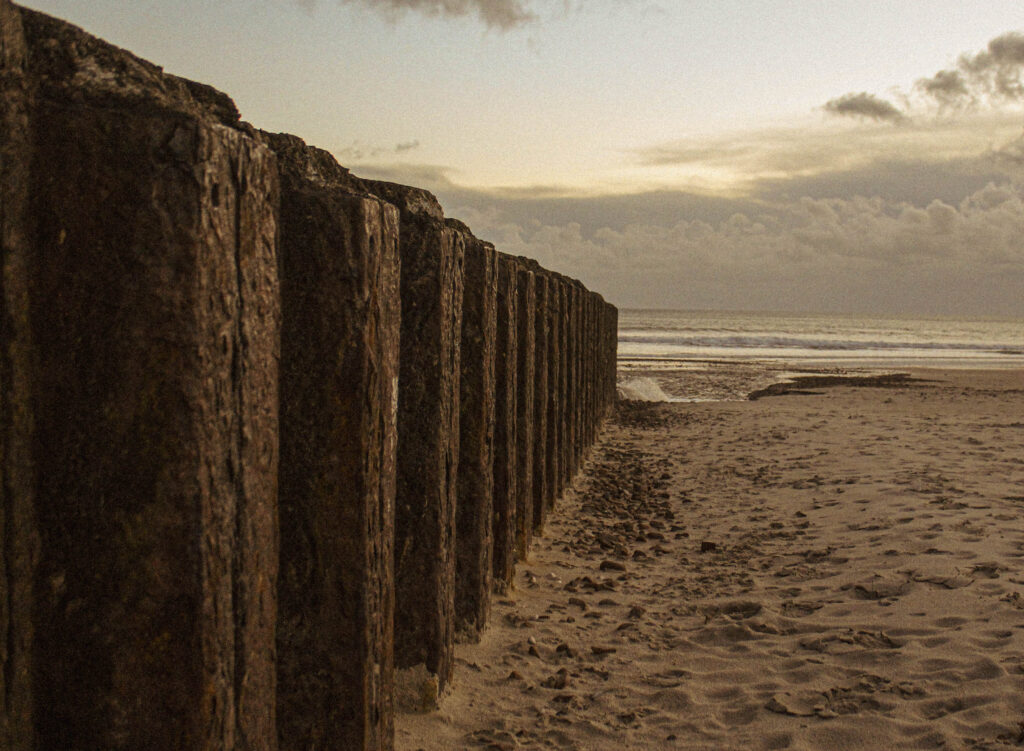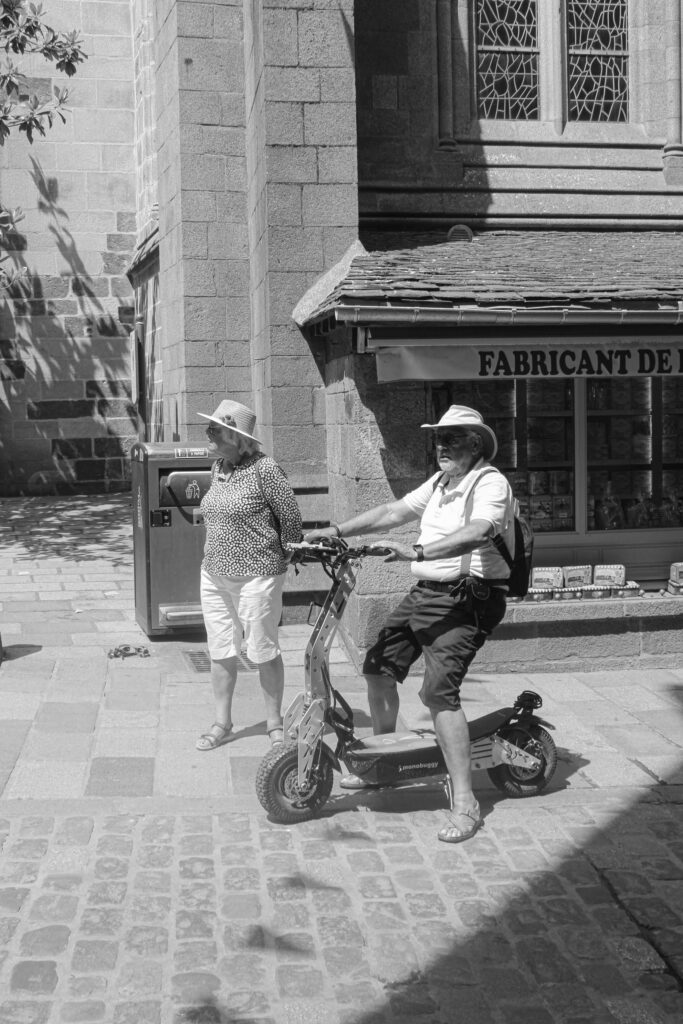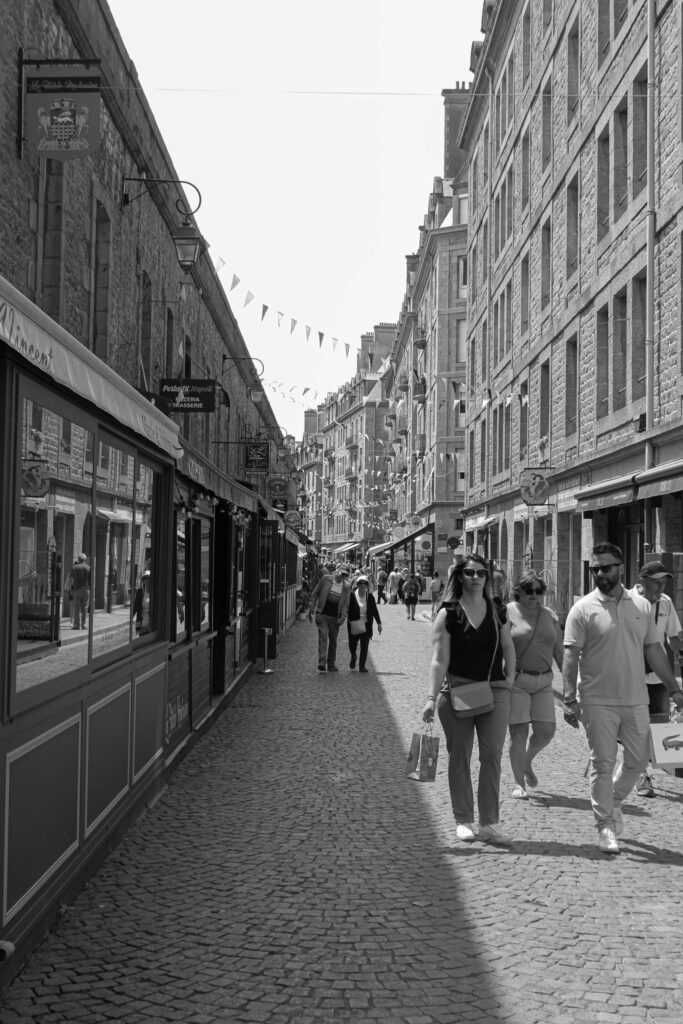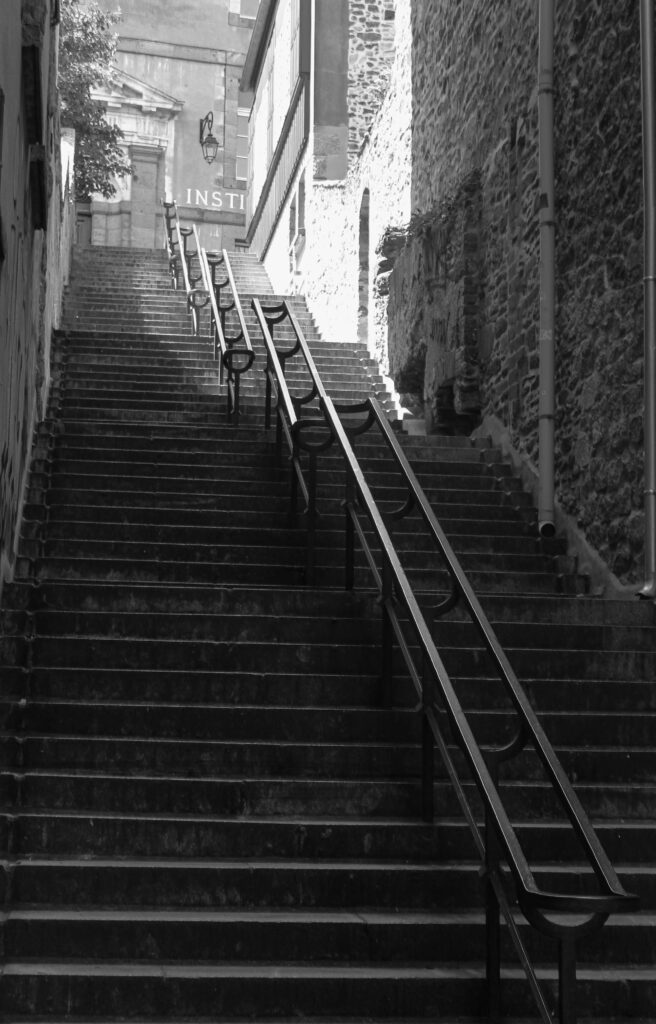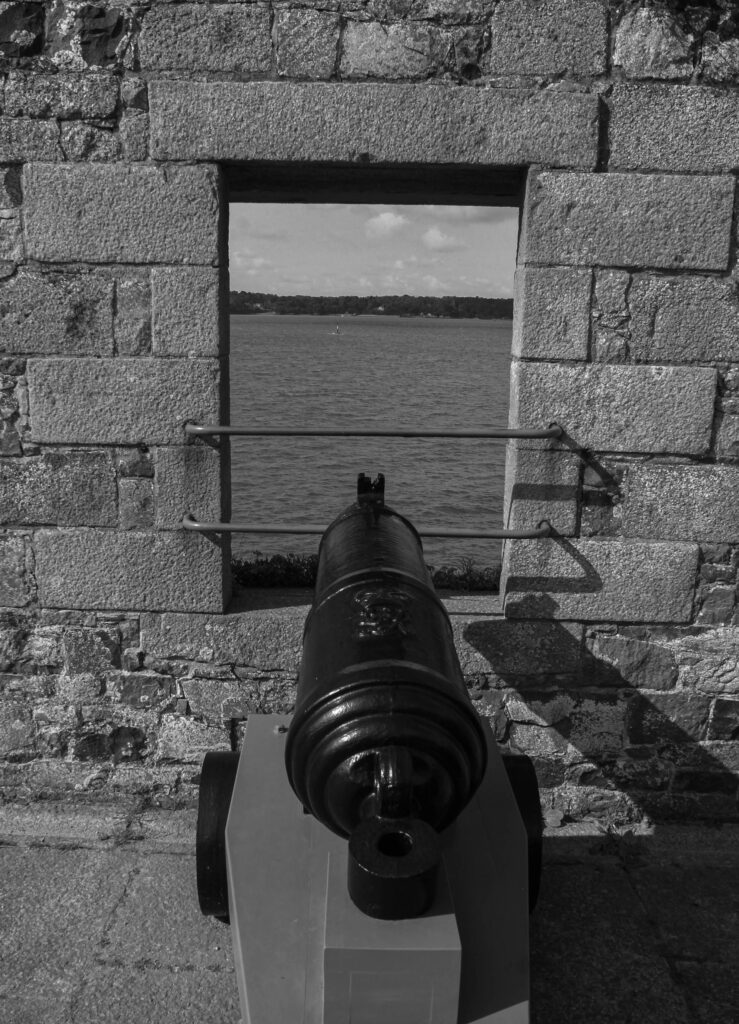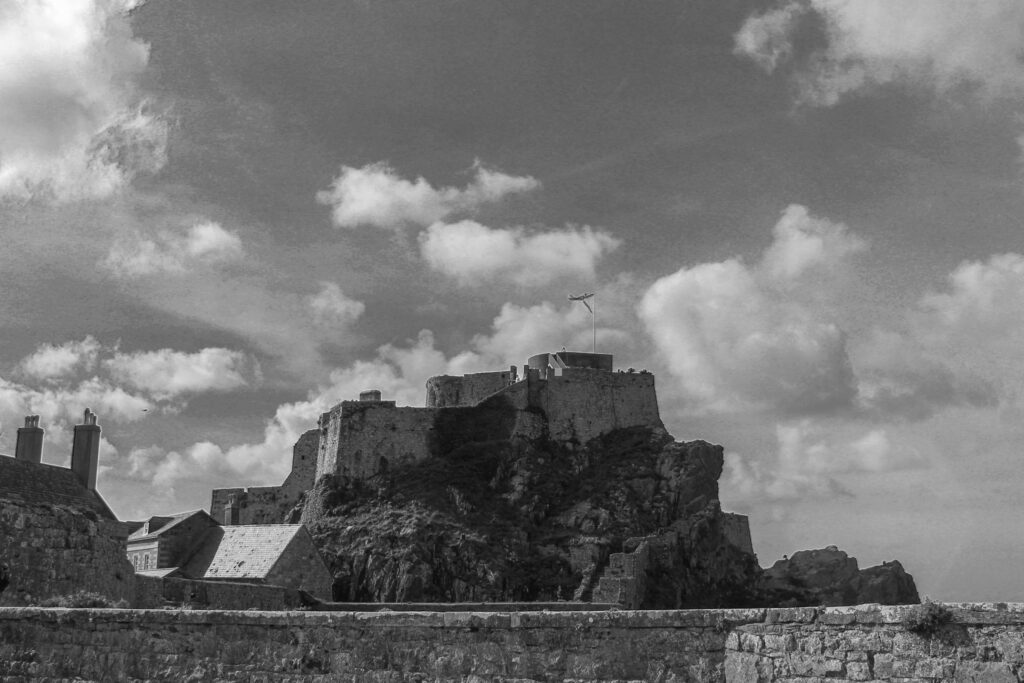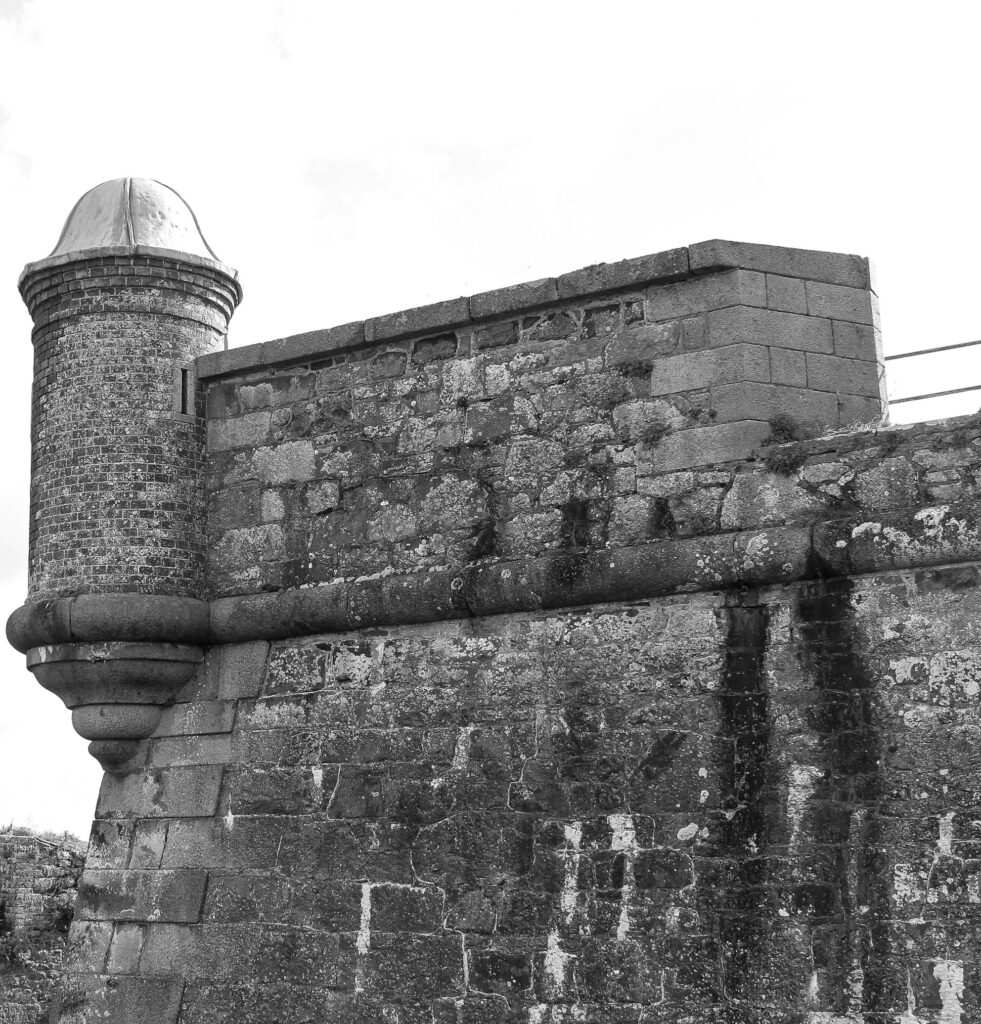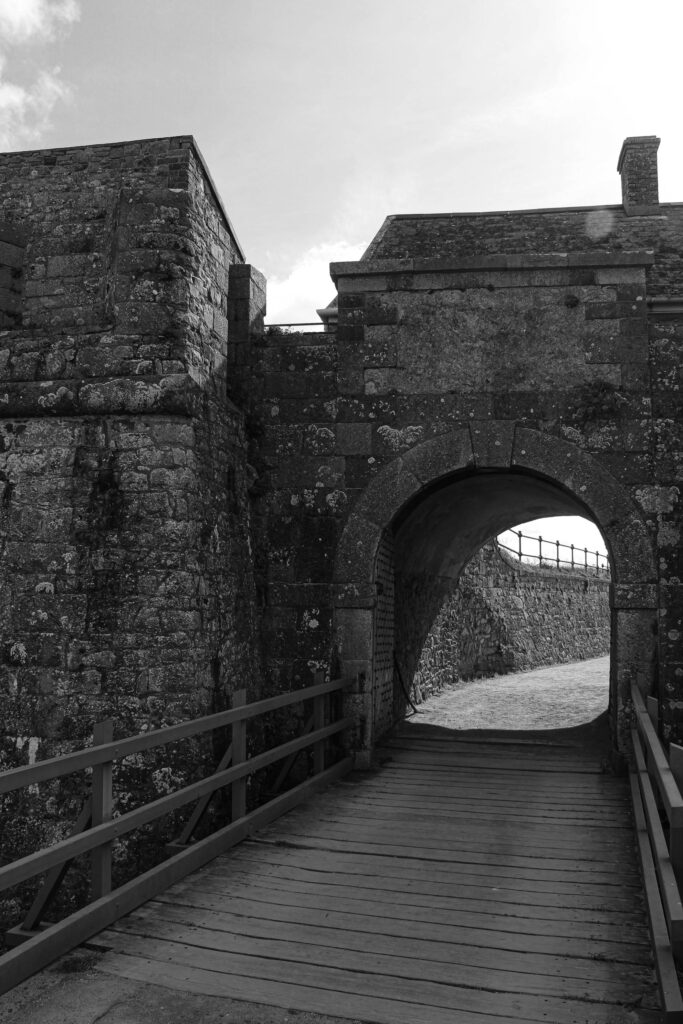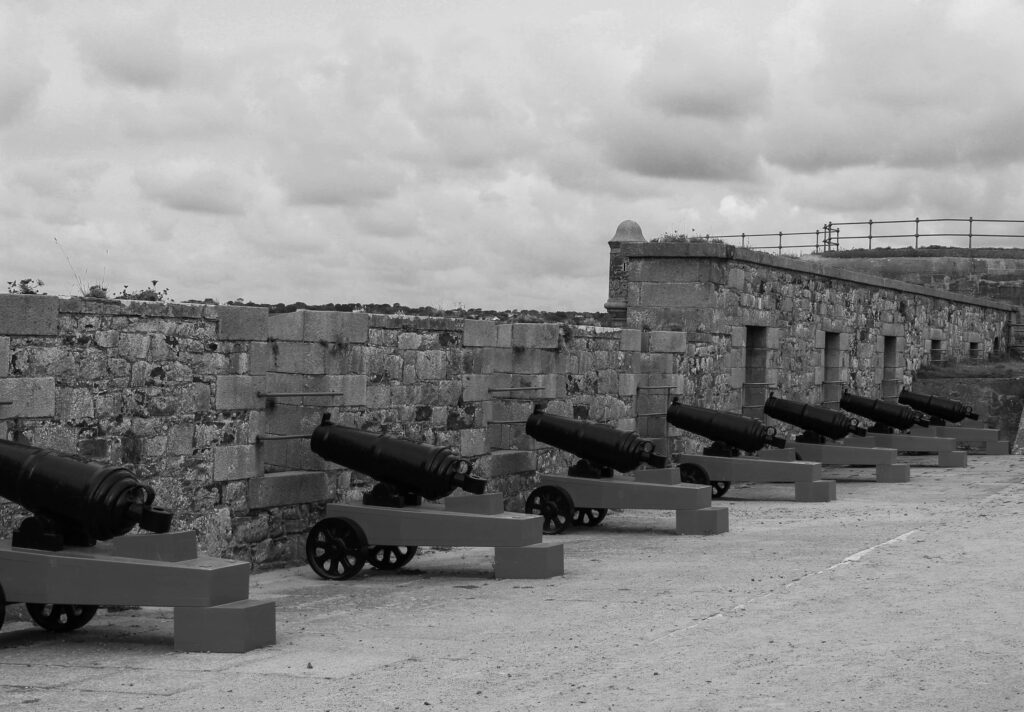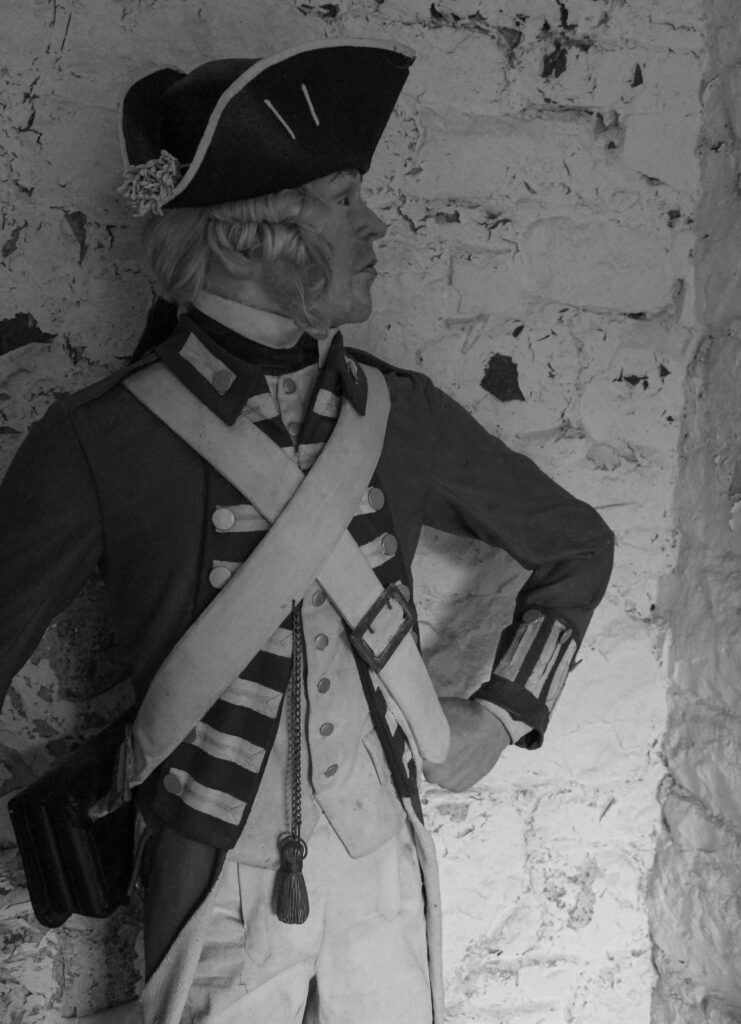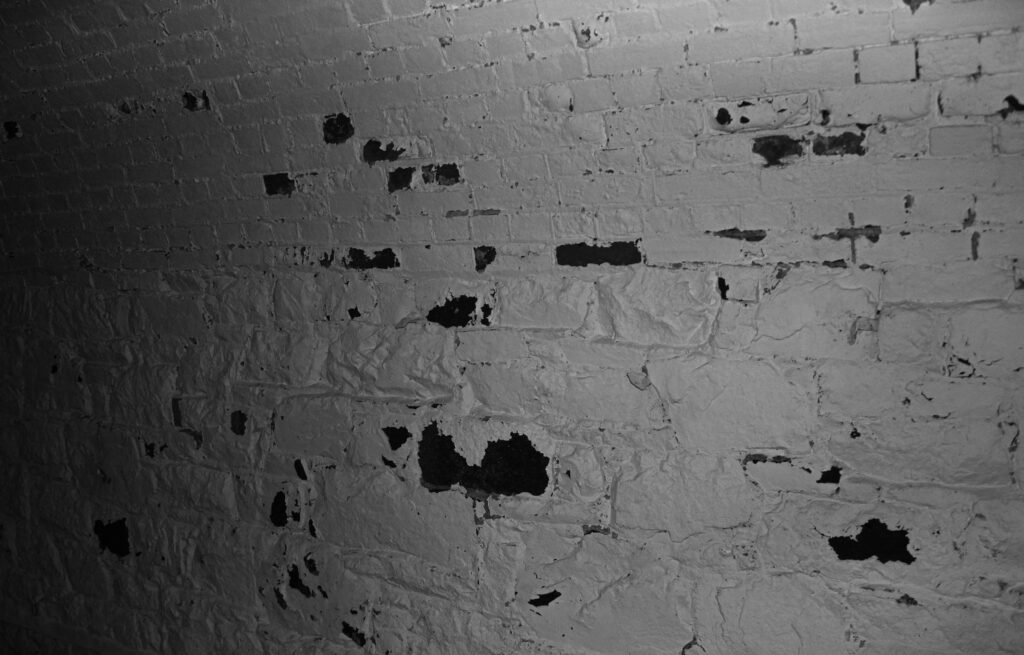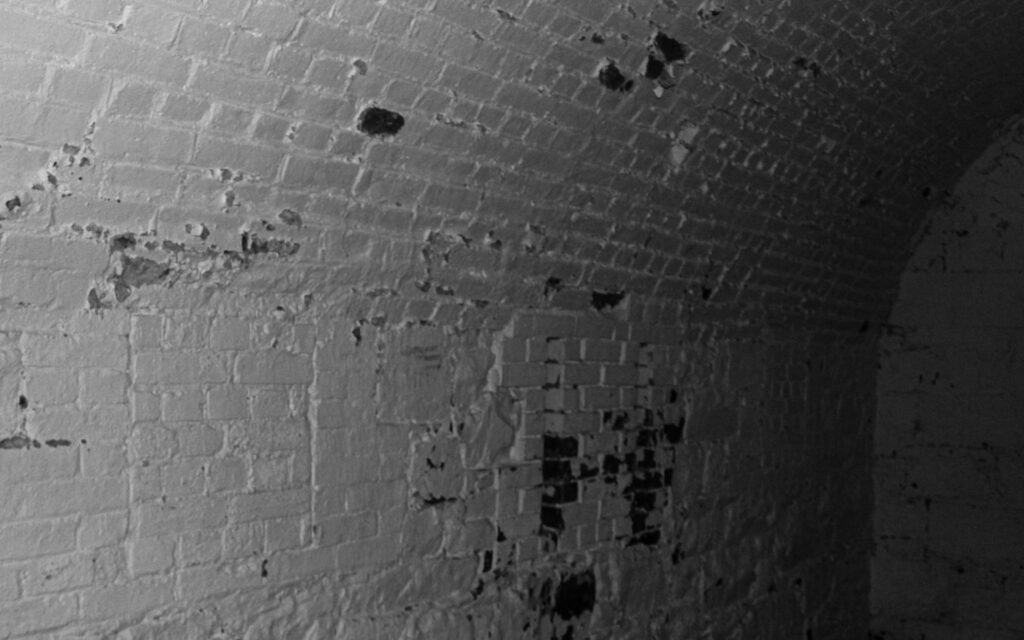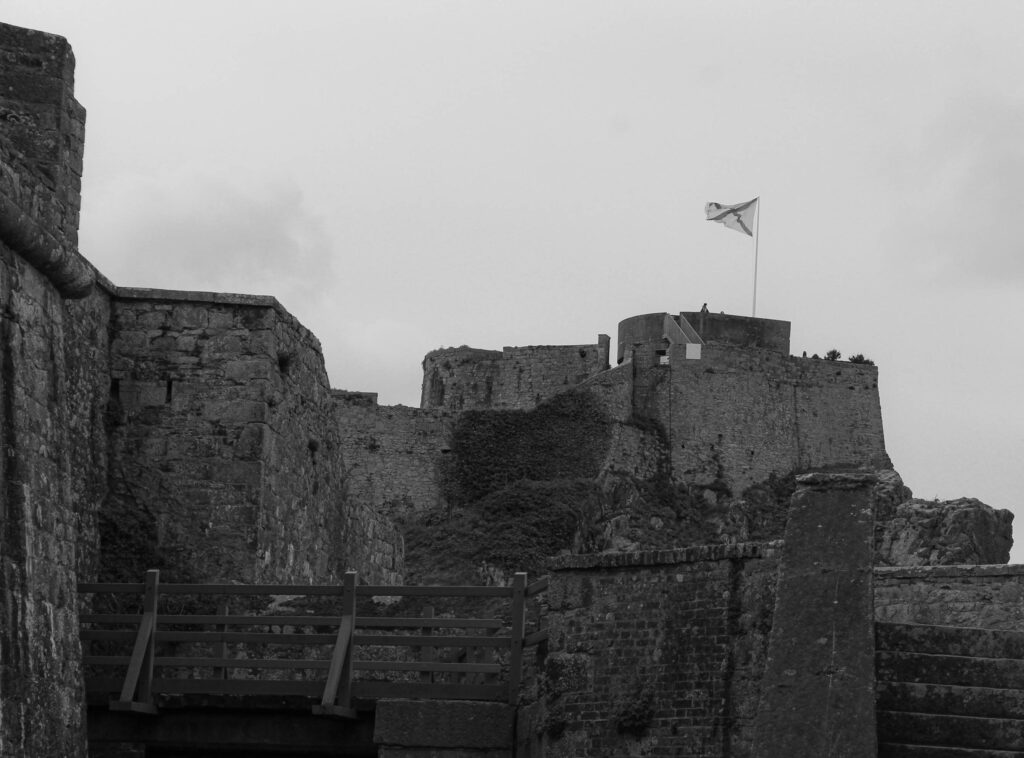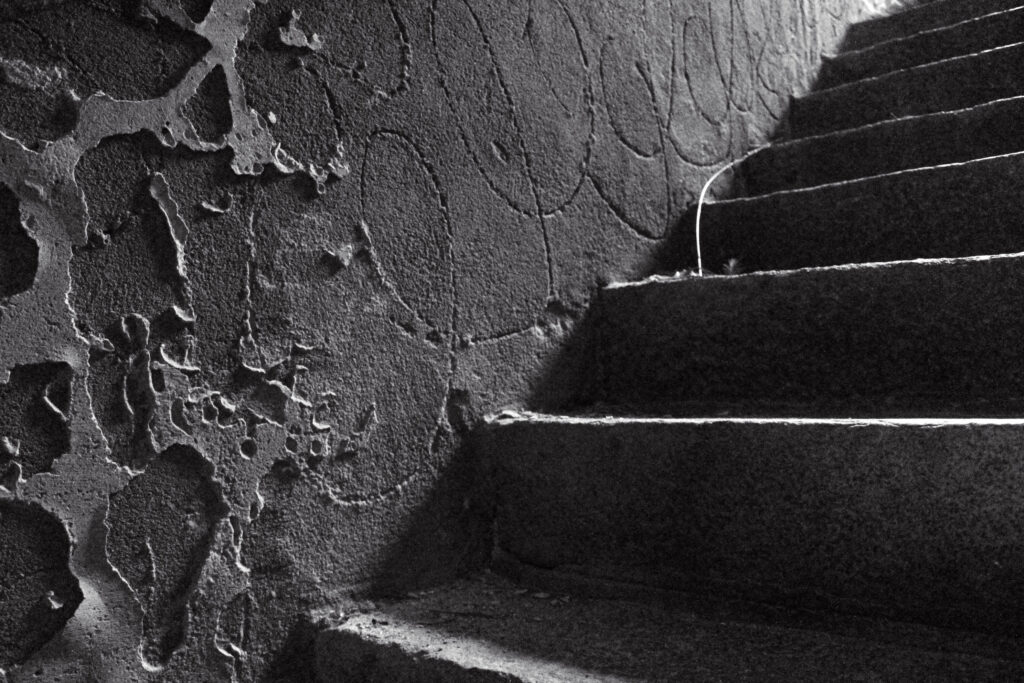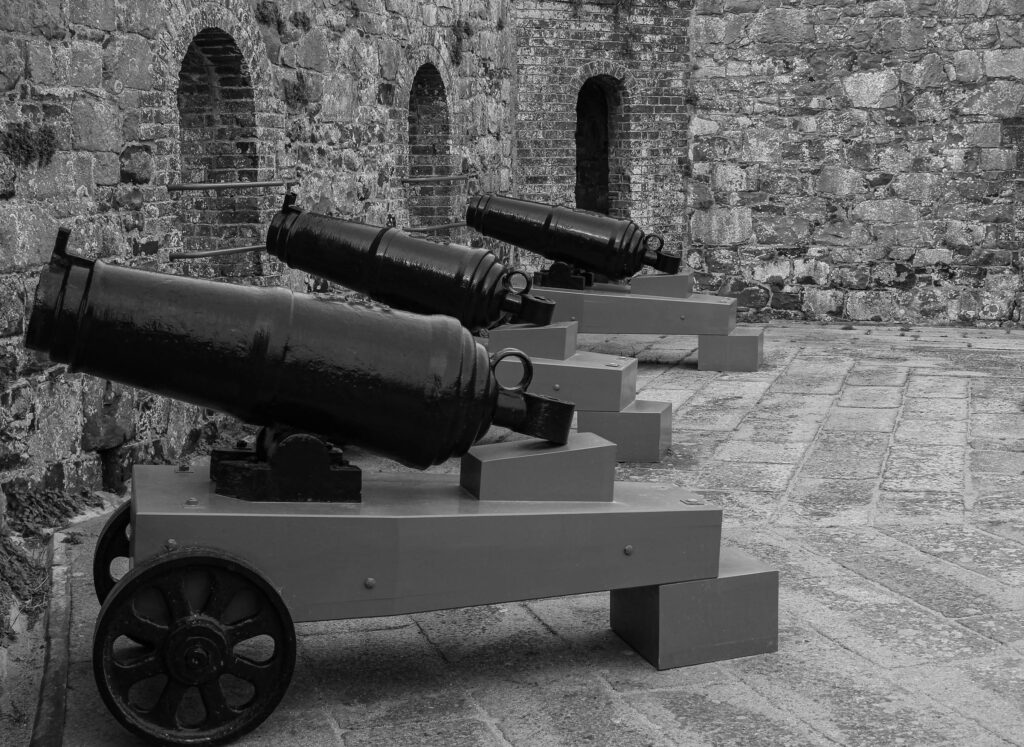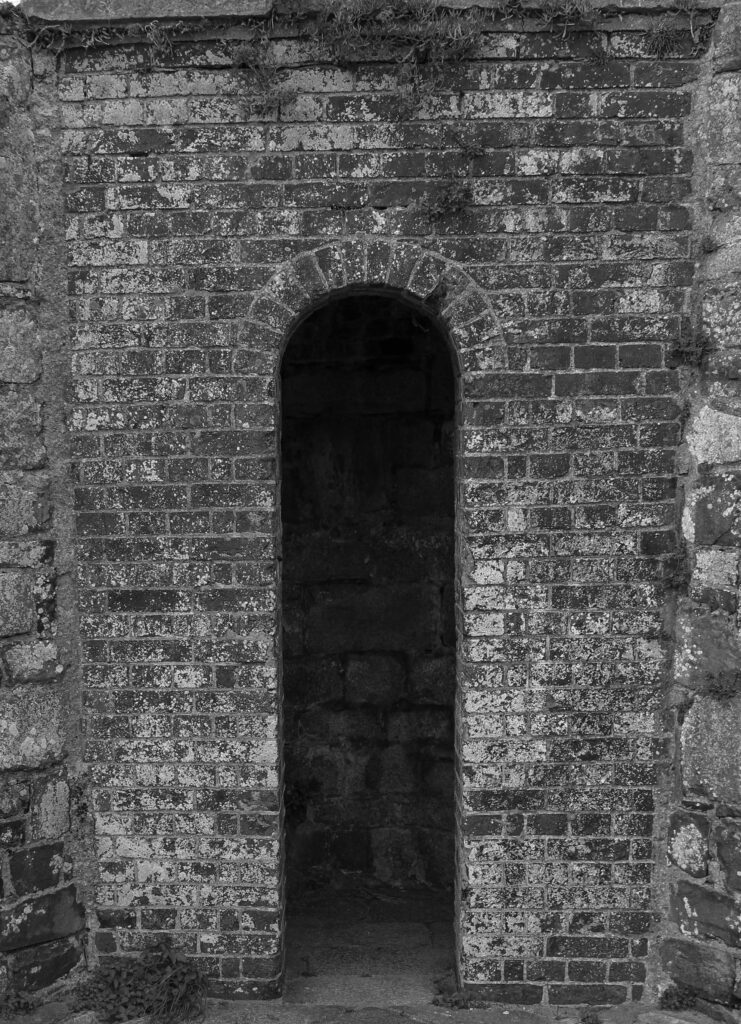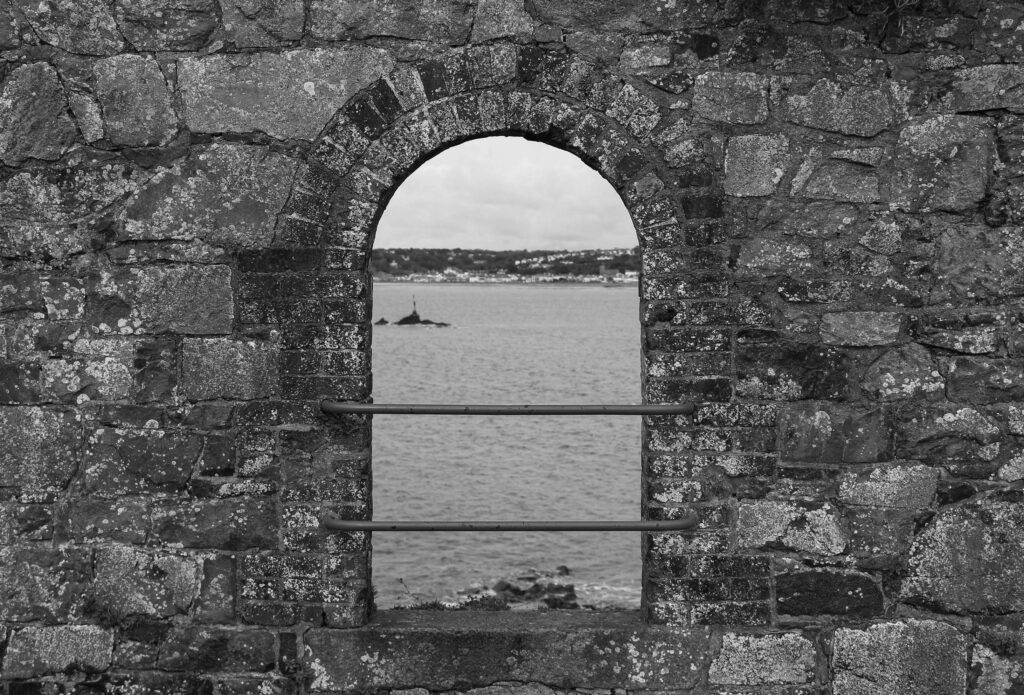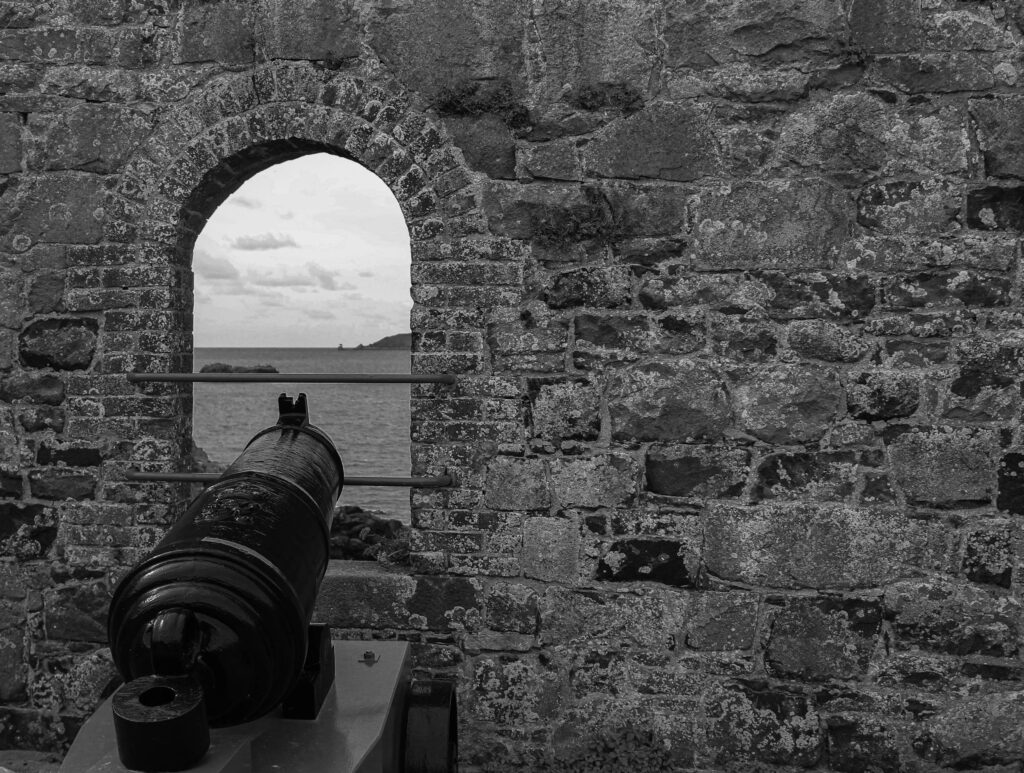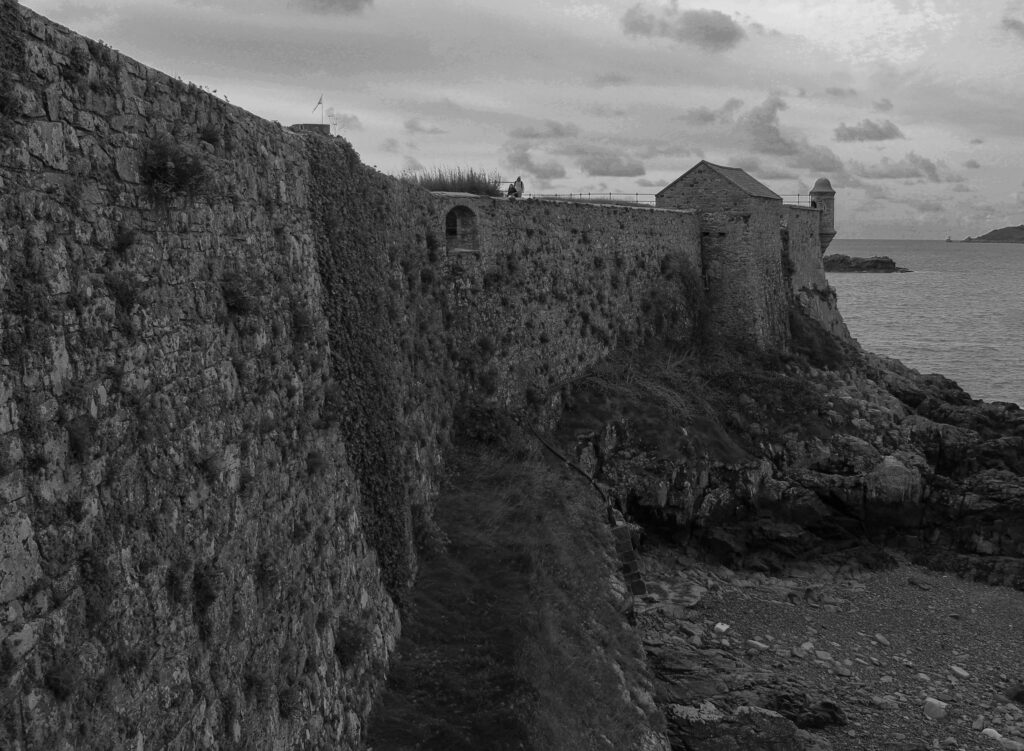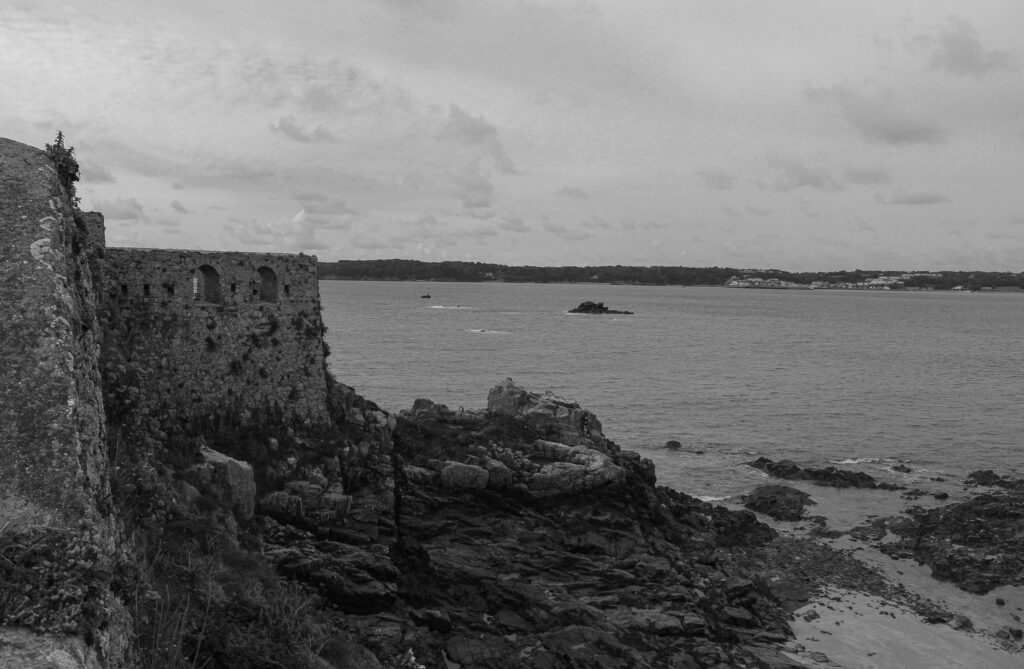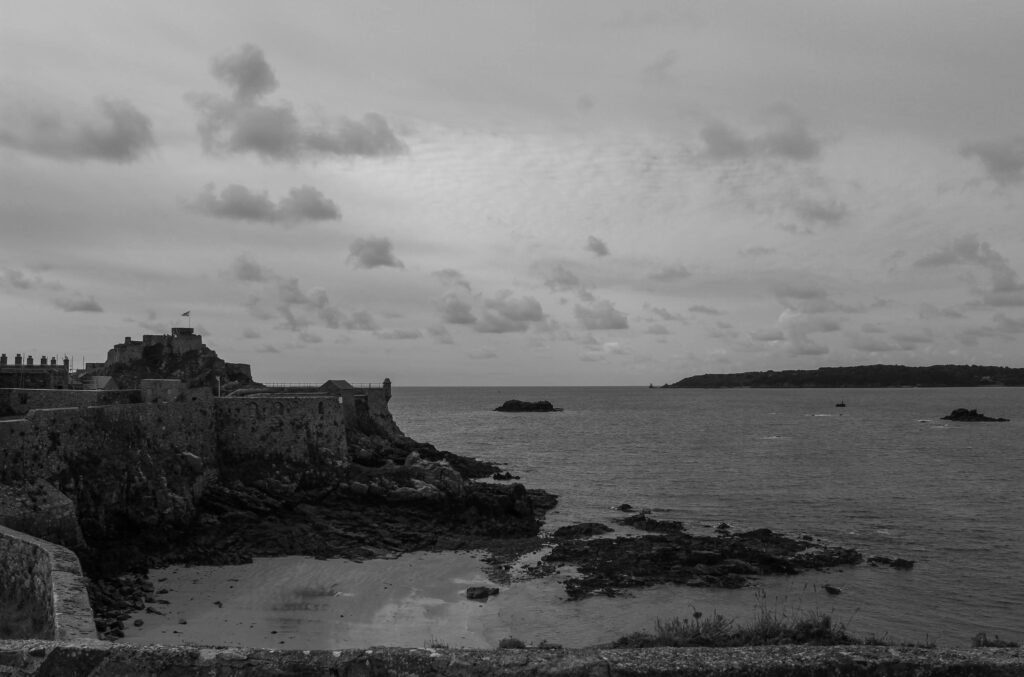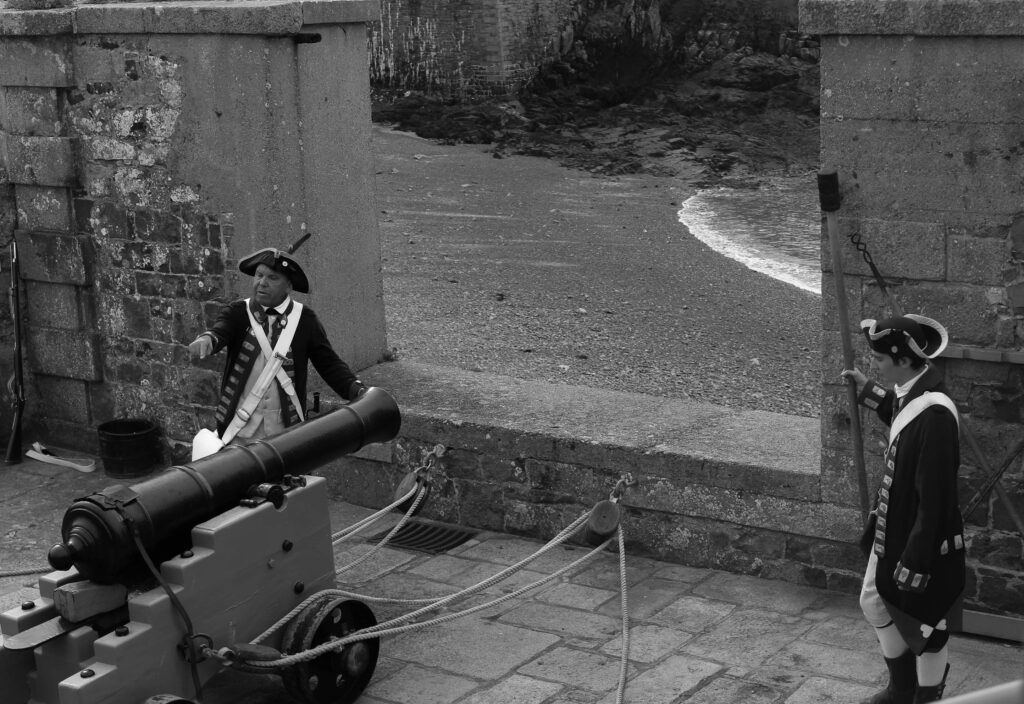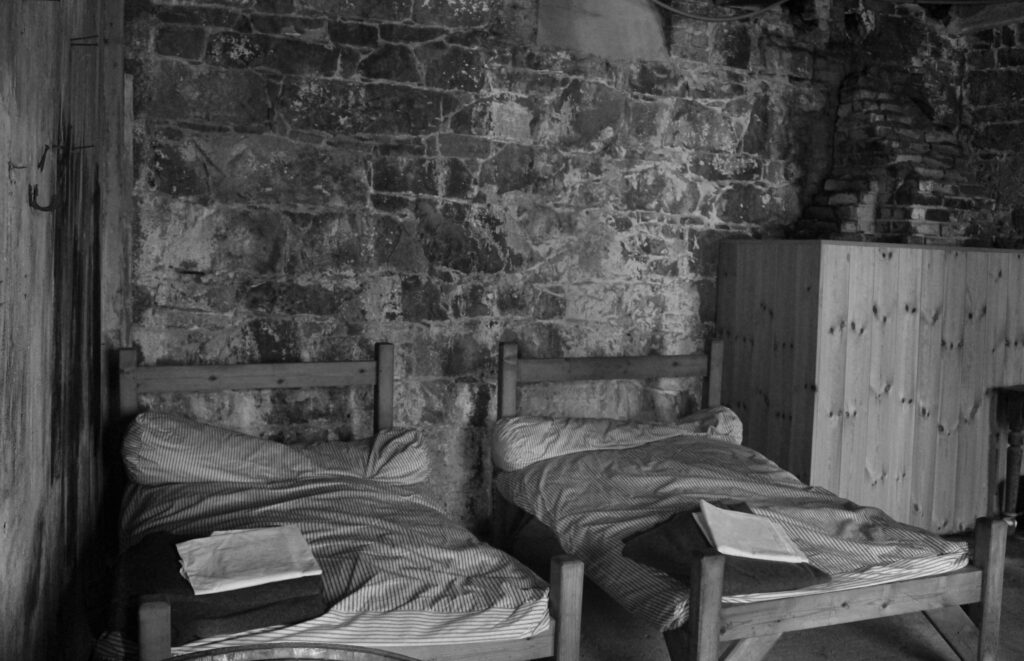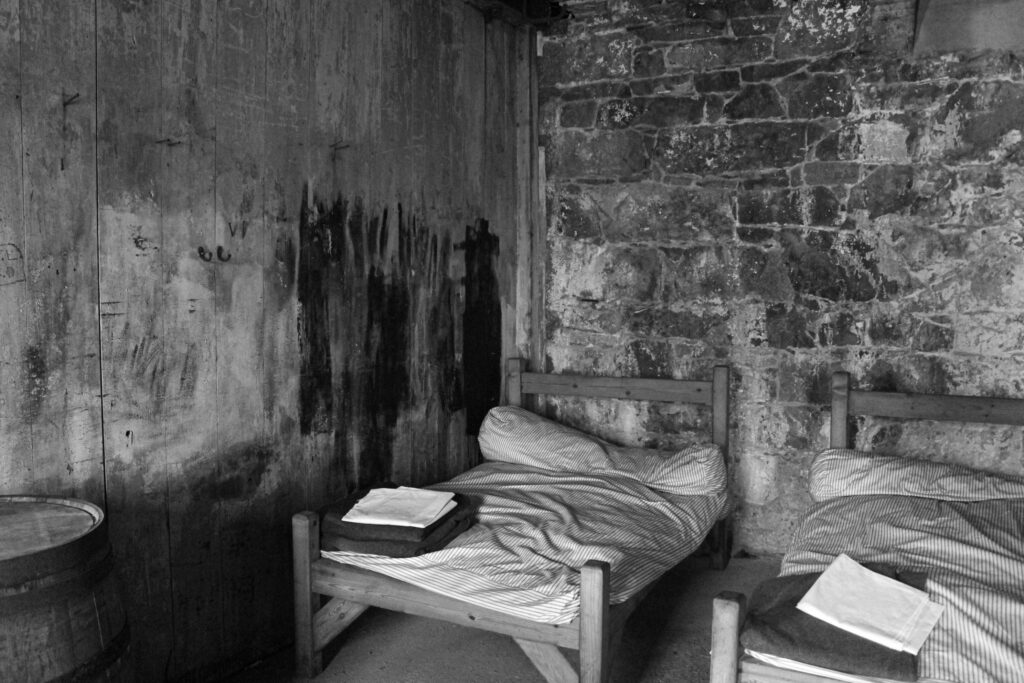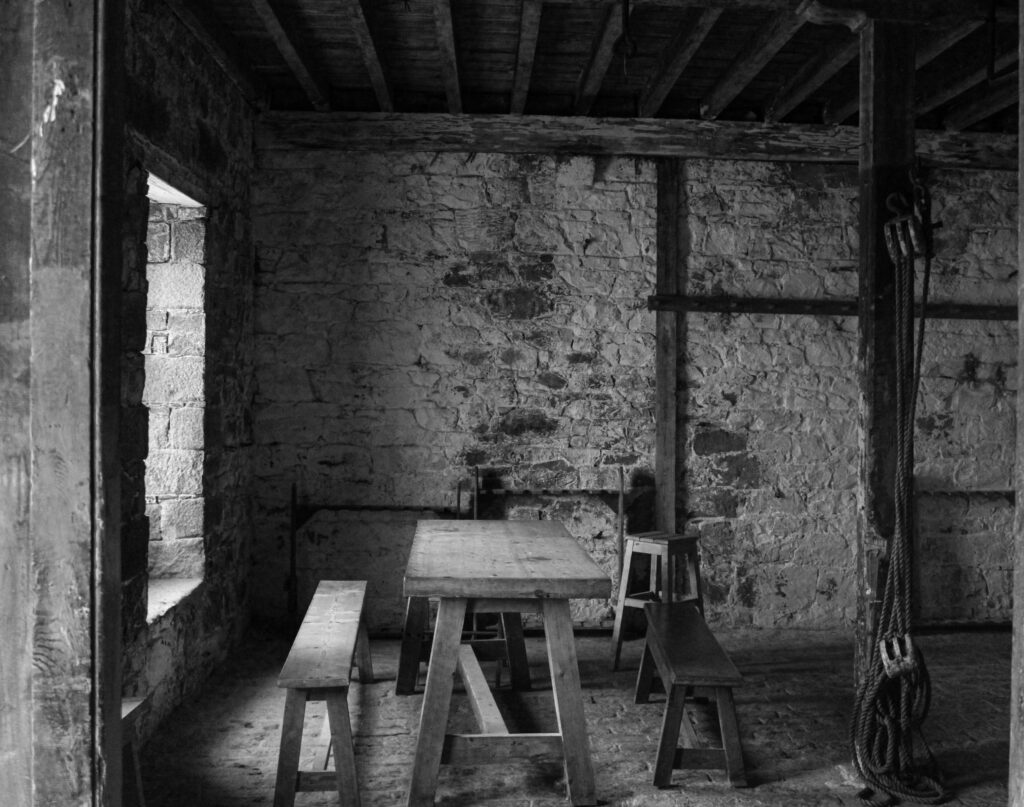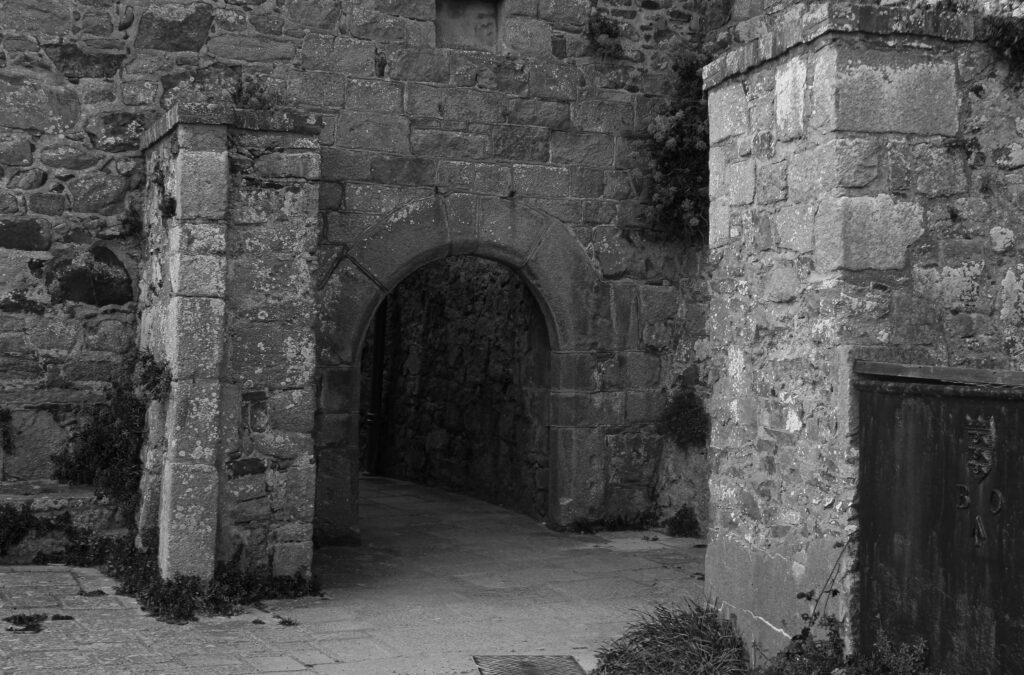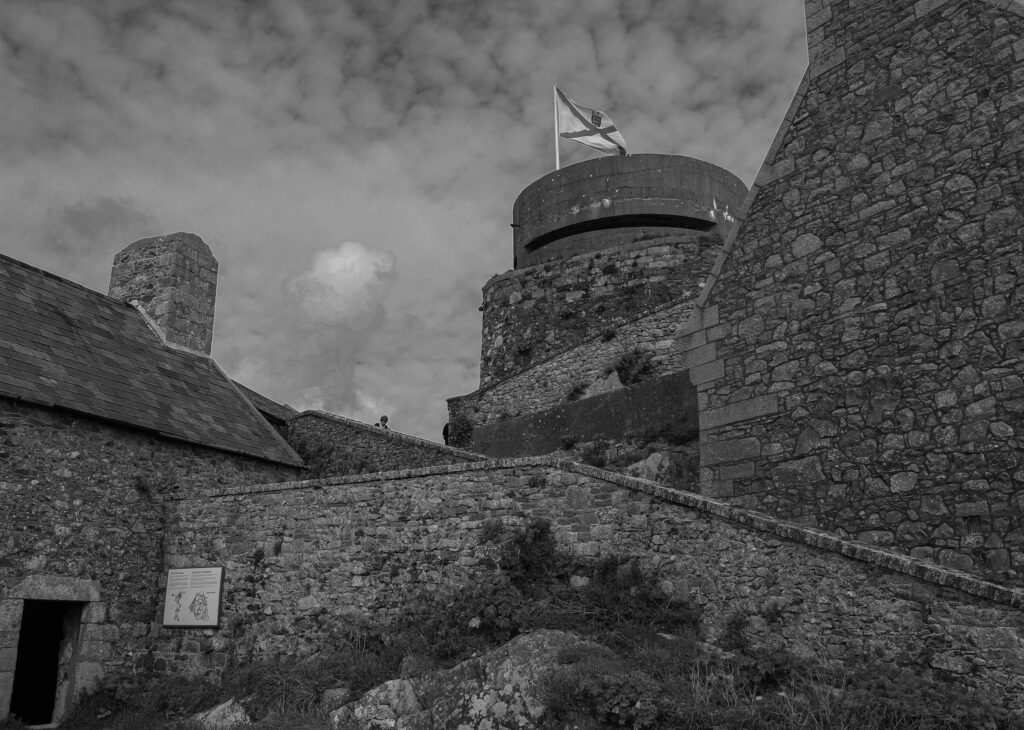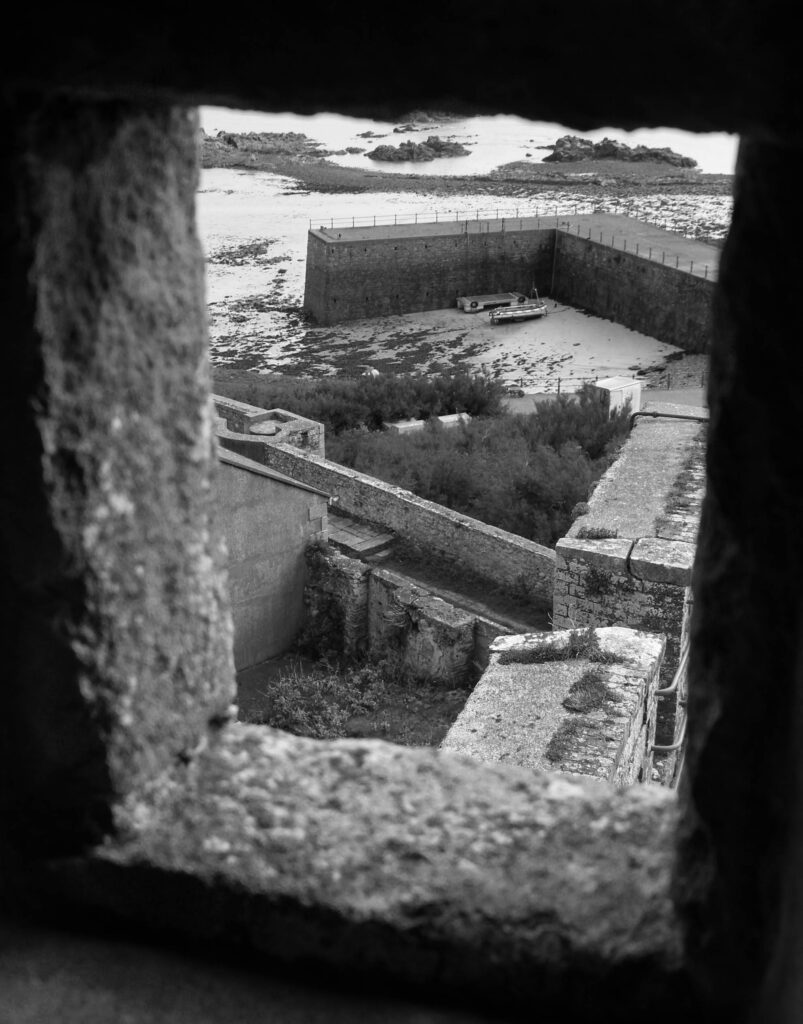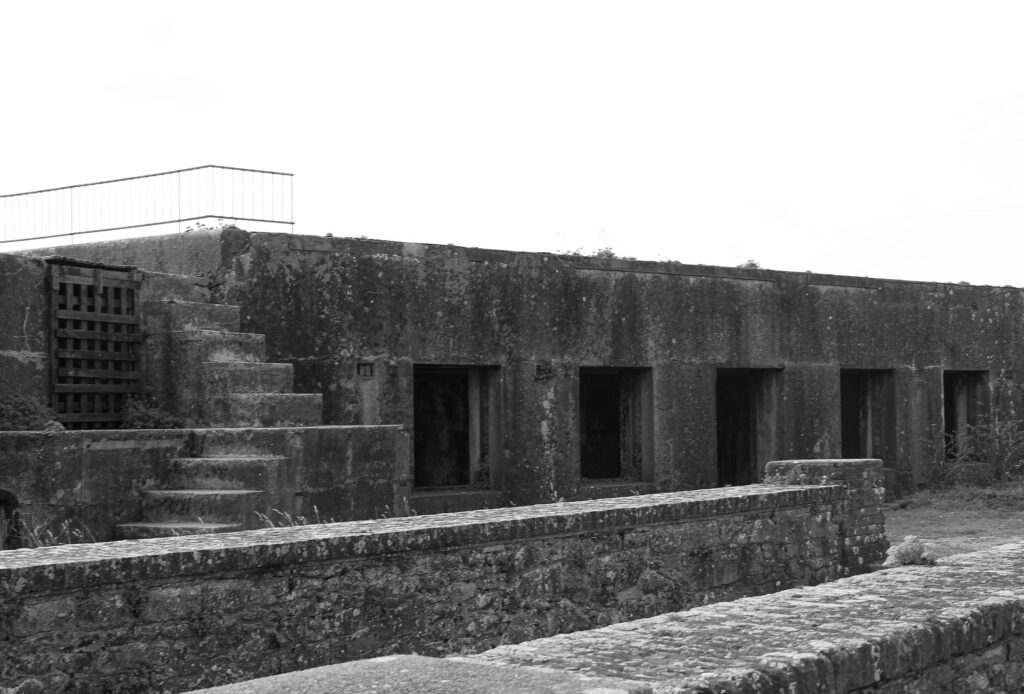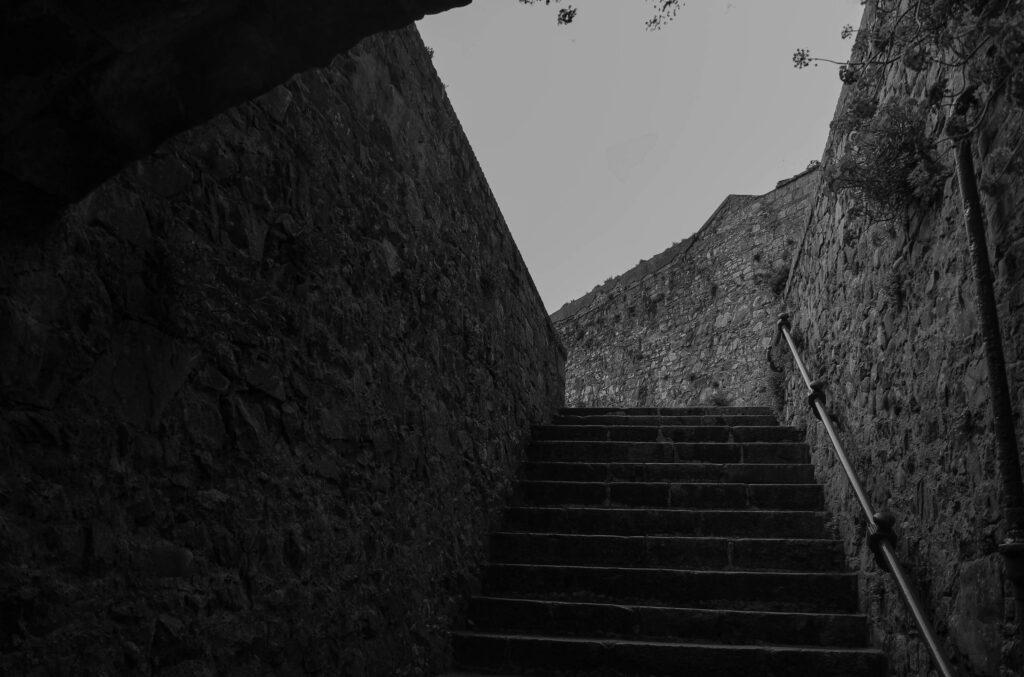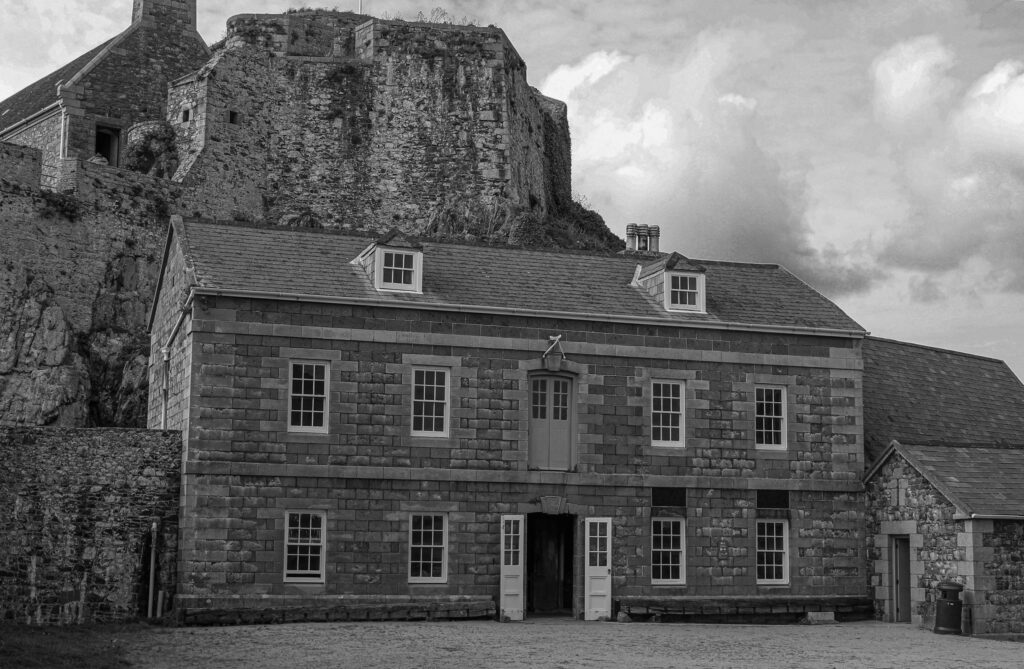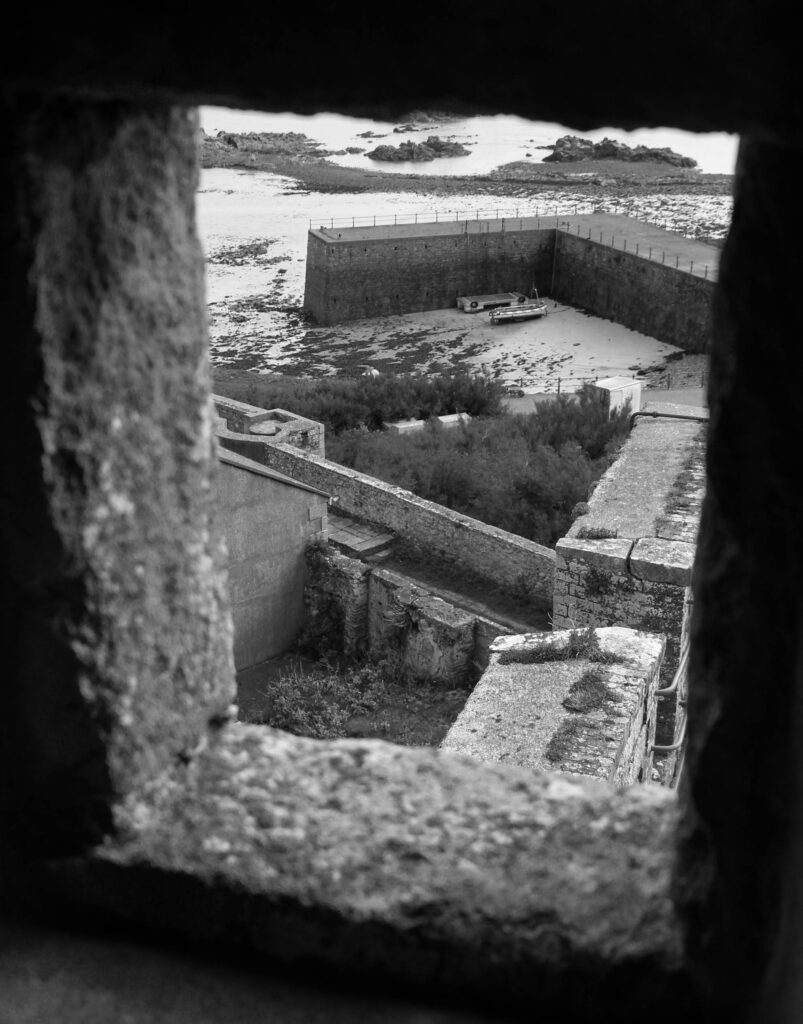Title of my essay
How do Justine Kurland and Julia Margaret Cameron portray the theme of girlhood in their work?
Essay Plan:
Make a plan that lists what you are going to write about in each paragraph
- two artists- Justine Kurland and Julia Margaret Cameron
- compare how they portray girlhood/childhood
- Opening quote
‘Photographed images do not seem to be statements about the world so much as pieces of it, miniatures of reality that anyone can make or acquire.’
-Susan Sontag- On Photography
Introduction (250-500 words): What is your area study? Which artists will you be analysing and why? How will you be responding to their work and essay question?
– using my statement of intent
Our personal study project is based around the theme of nostalgia. For my personal study I want to explore identity, but more specifically femininity and what it means to be feminine. My interpretation of the theme nostalgia is going to be based on Girlhood and parts of my childhood that represent growing up as a girl. There’s a lot of women in my family who I’ve closely grew up around and my strong relationships with my friends and family are a big part of my life, which I appreciate a lot therefore I am creating my personal study around this.
I plan on photographing my friends and my family, my mum, sister, cousins, aunties and my grandma. I’m going to capture images of my friends in everyday situations when we meet up to create candid shots and to show real scenes of girlhood. As well as that, I plan on photographing my family at family events to create the same kind of images but with a different story.
Although I want to capture candid pictures that represent reality, I also want to do staged photoshoots. I am going to do research and study artists such as Justine Kurland, Sian Davey (developing my exam project from May of ‘Identity’) and Theo Gosselin. From then I will set up staged photoshoots in both rural and urban settings of my friends. For the exam project in May, me and my friends did a few photoshoots in rural environments, following the theme of ‘femininity’. These were inspired by Justine Kurland.
For my final images, I plan to present them in a photobook, I don’t plan on putting any text on/ with them at the moment, however this might change during the process of my project. I intend to start my project by taking photos of my friends in every day situations, for example, in the car, on walks, in town, later on in the evening/night when we meet up. This will give me a starting point to then decide if the outcomes are worth it and when, where and how to begin planning my staged photoshoots.
I plan on taking a variety of different images, in terms of composition, framing and lighting. However, I am mainly going to try and take photos in the rural environments with softer lighting to give the dusty, vintage kind of look. So around the time the sun is setting or rising, or on more overcast days so the lighting is dim. As well as that, the images I take in urban settings, town, I want darker lighting or on the other hand, bright lighting to create harsher shadows. Both types of photoshoots I want to use natural lighting, none in the studio. As well as documentary and tableaux for variety, also to represent the reality of girlhood.
I want my final outcome of a photobook to tell a story of girlhood and what it’s like growing up as a teenage girl on this island. I aim for the images to be quite relatable
- Pg 1 (500 words): Historical/ theoretical context within art, photography and visual culture relevant to your area of study. Make links to art movements/ isms and some of the methods employed by critics and historian.
Girlhood is my theme so for my first paragraph I plan on explaining what it is and what it means, explain how girlhood was like years ago. How it was like living as a woman years ago compared to now. Could write about feminism movements.
- Pg 2 (500 words): Analyse first artist/photographer in relation to your essay question. Present and evaluate your own images and responses.
In this paragraph I will analyse Justine Kurlands work and explain how she presents girlhood in her work. I have done multiple artist references on her so I will use them to help me.
- Pg 3 (500 words): Analyse second artist/photographer in relation to your essay question. Present and evaluate your own images and responses.
In this paragraph I will analyse Julia Margaret Cameron’s work, how she presents girlhood ect. Compare her work to Kurland’s work. She was making work in the 1850s, a long time before Justine Kurland; also a big difference in woman’s rights and other things.
- Conclusion (250-500 words): Draw parallels, explore differences/ similarities between artists/photographers and that of your own work that you have produced
I will compare overall differences and similarities of both artists work. Then I will relate this to my own work and the photos I have produced, how I was inspired by the artists.
- Bibliography: List all relevant sources used
Bengal, R. (2020). ‘The Jeremys’ in Justine Kurland: Girl Pictures. New York: Aperture foundation


